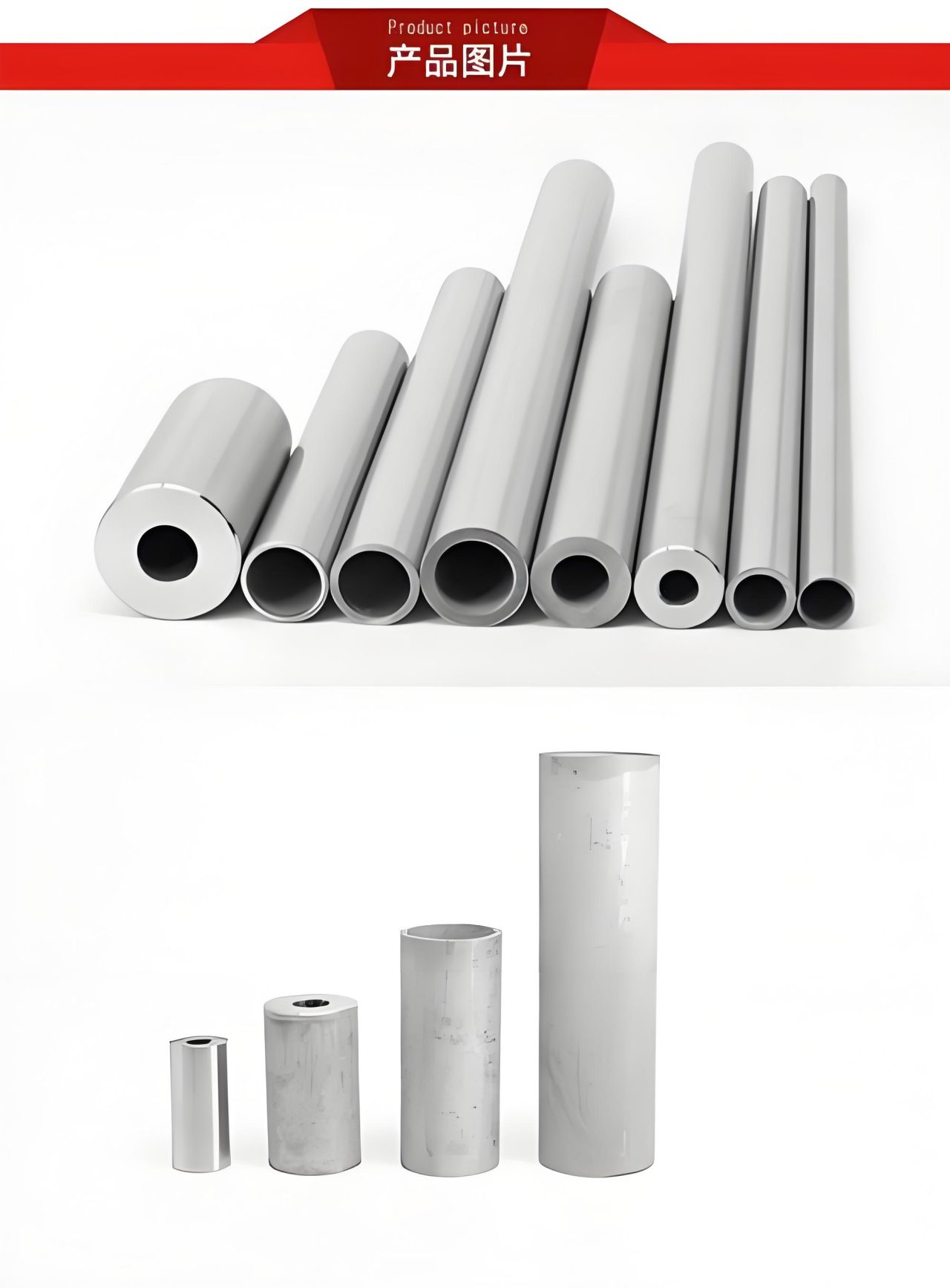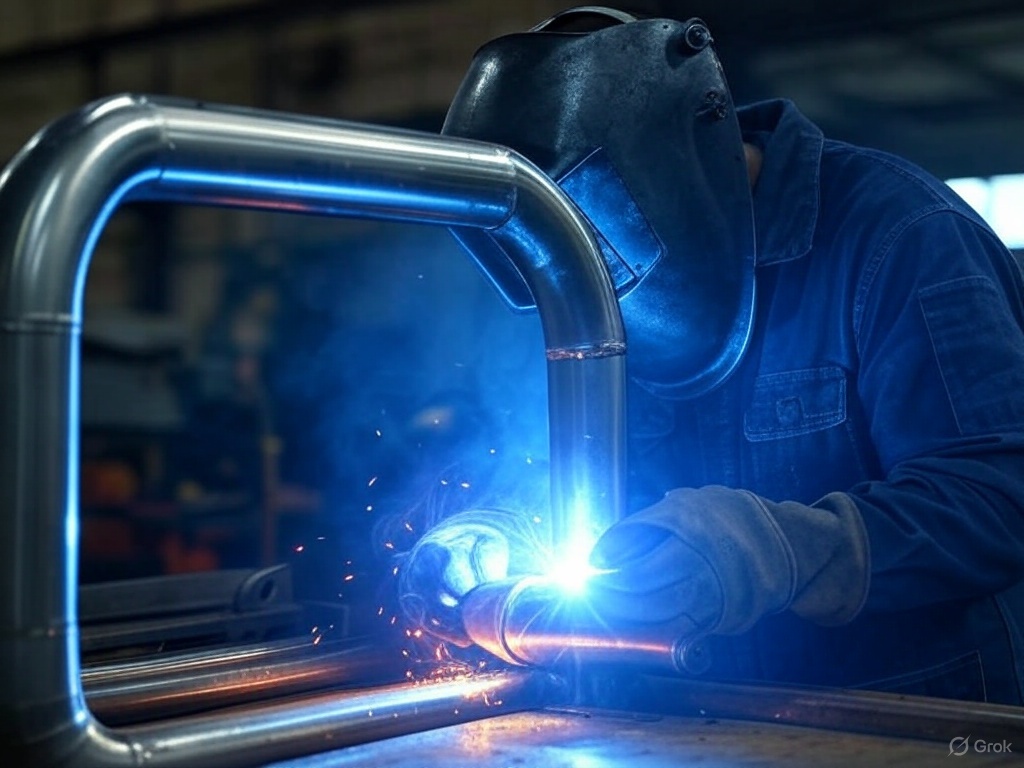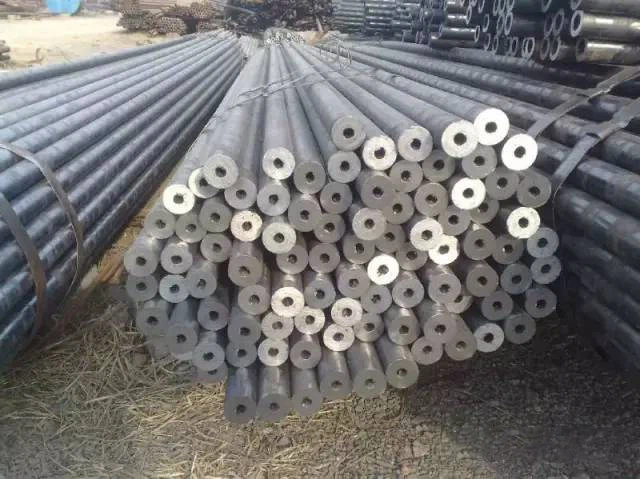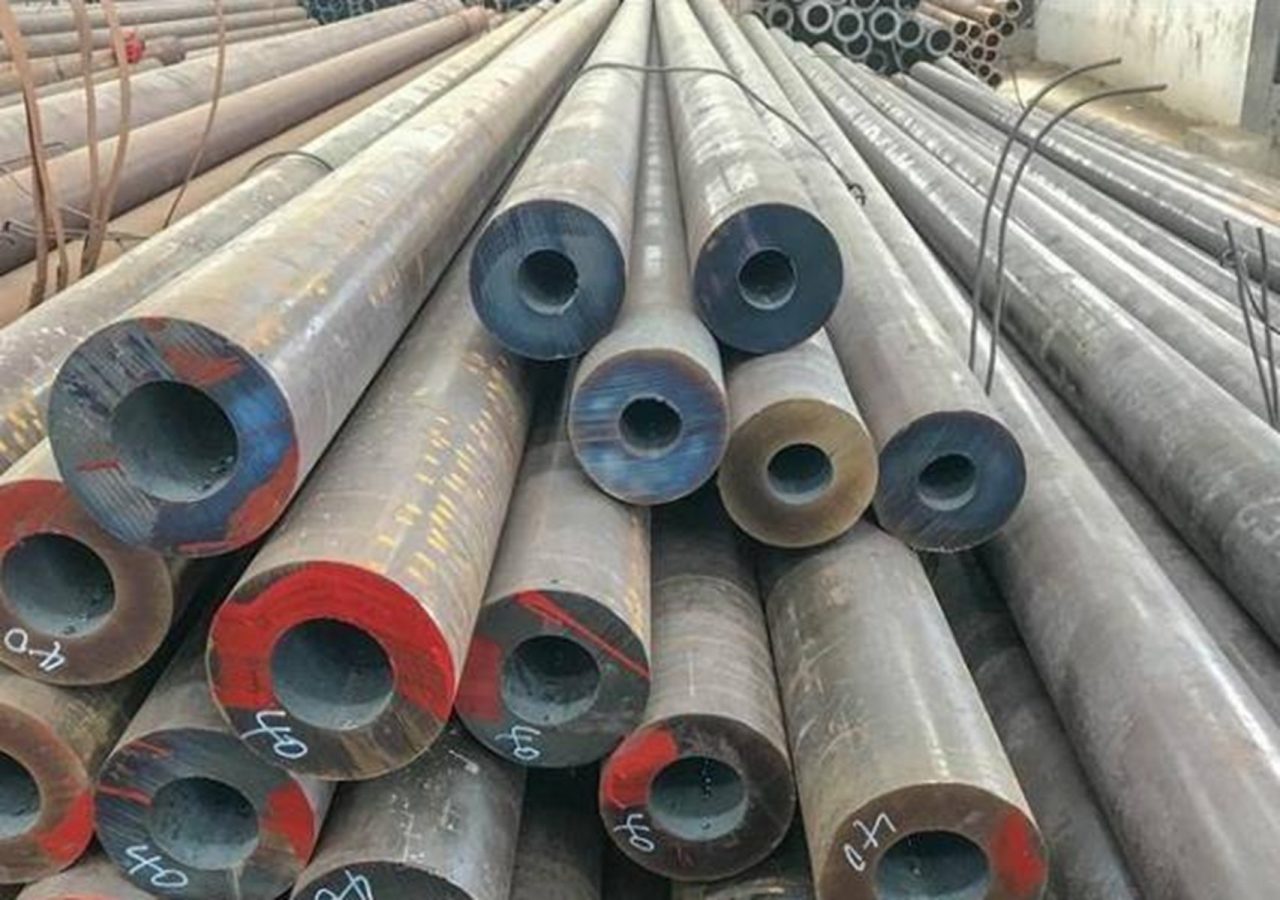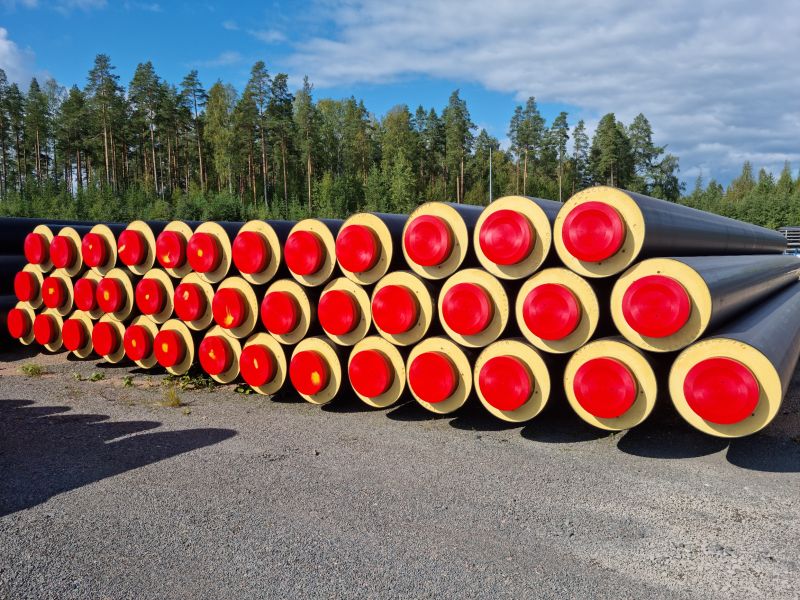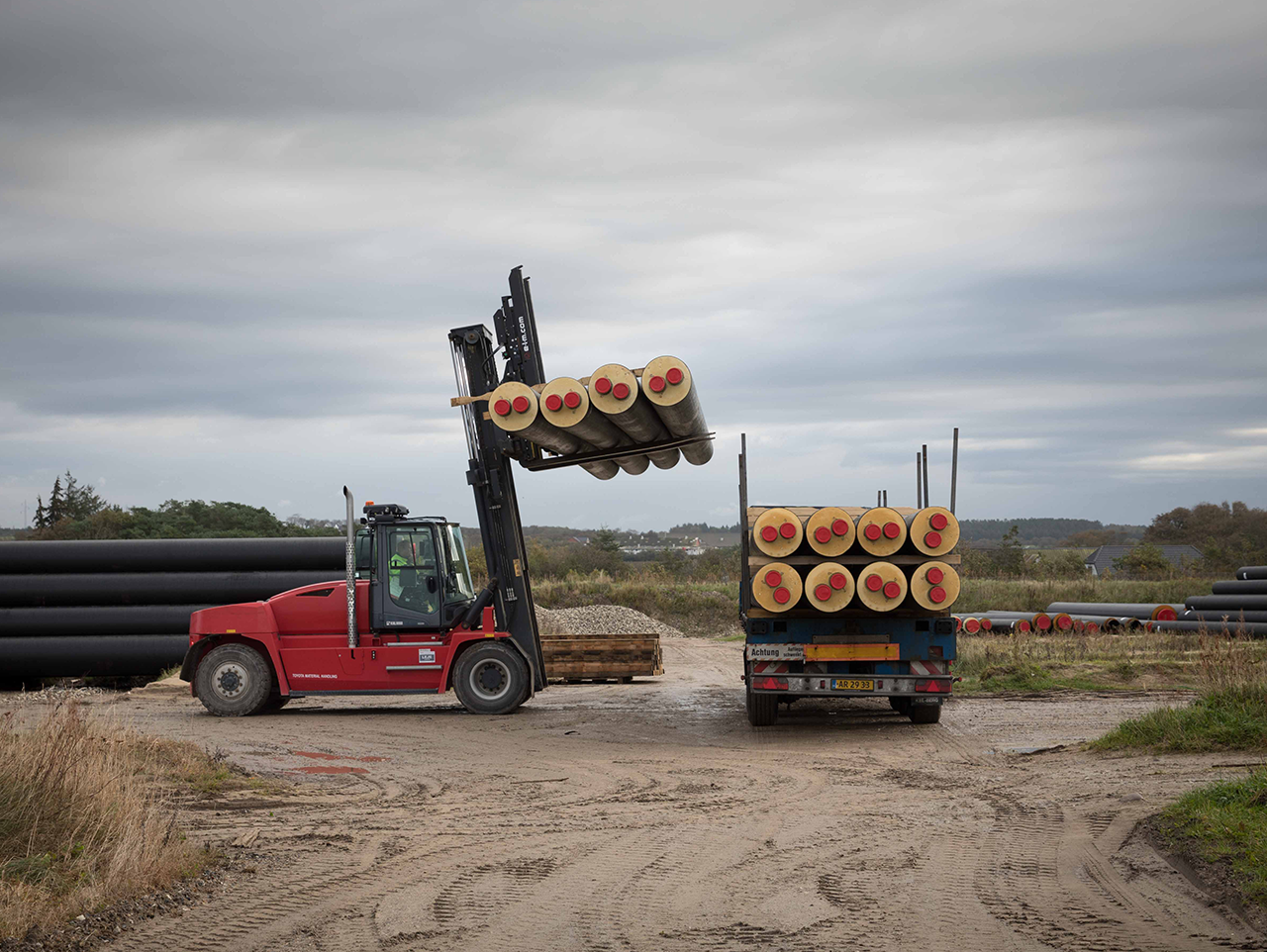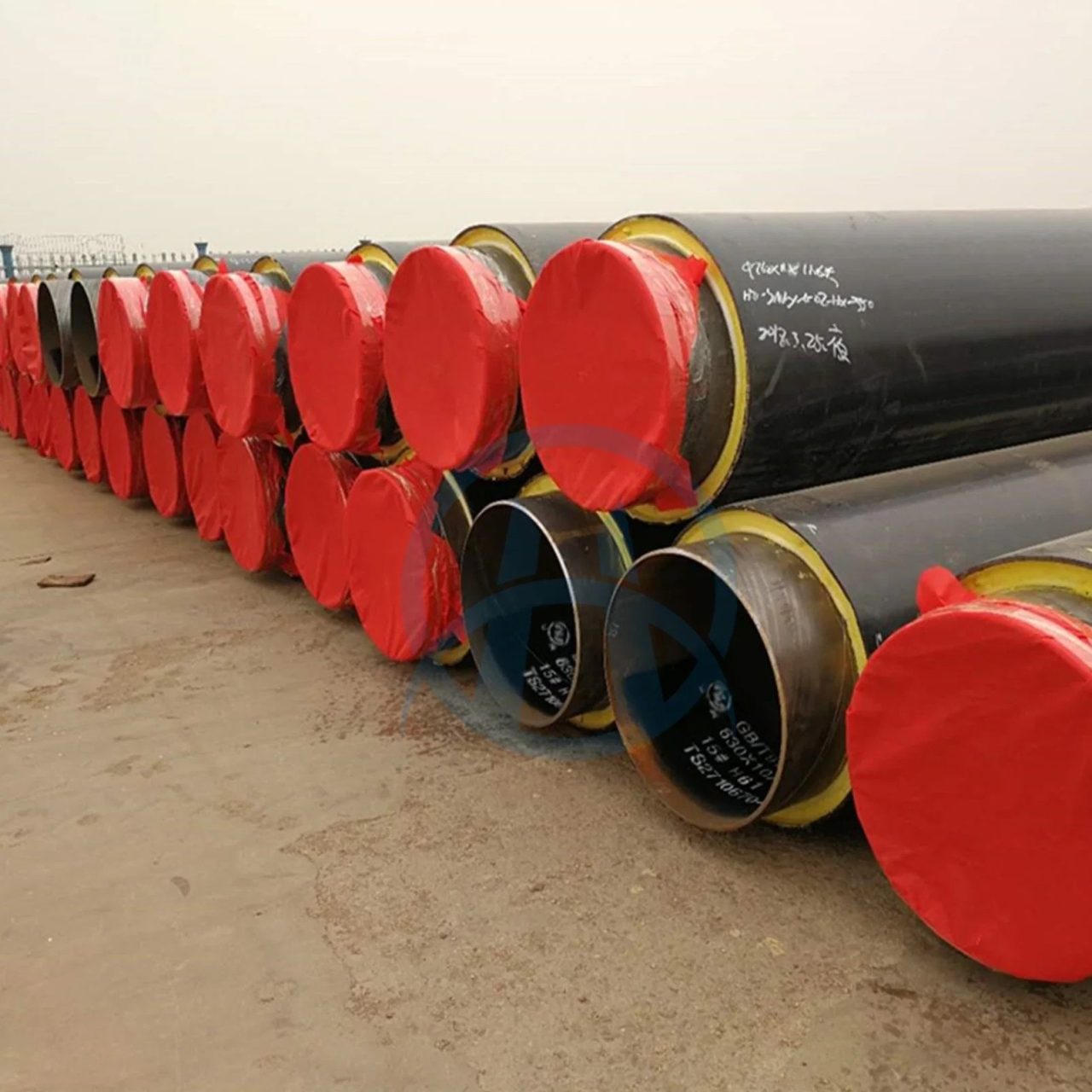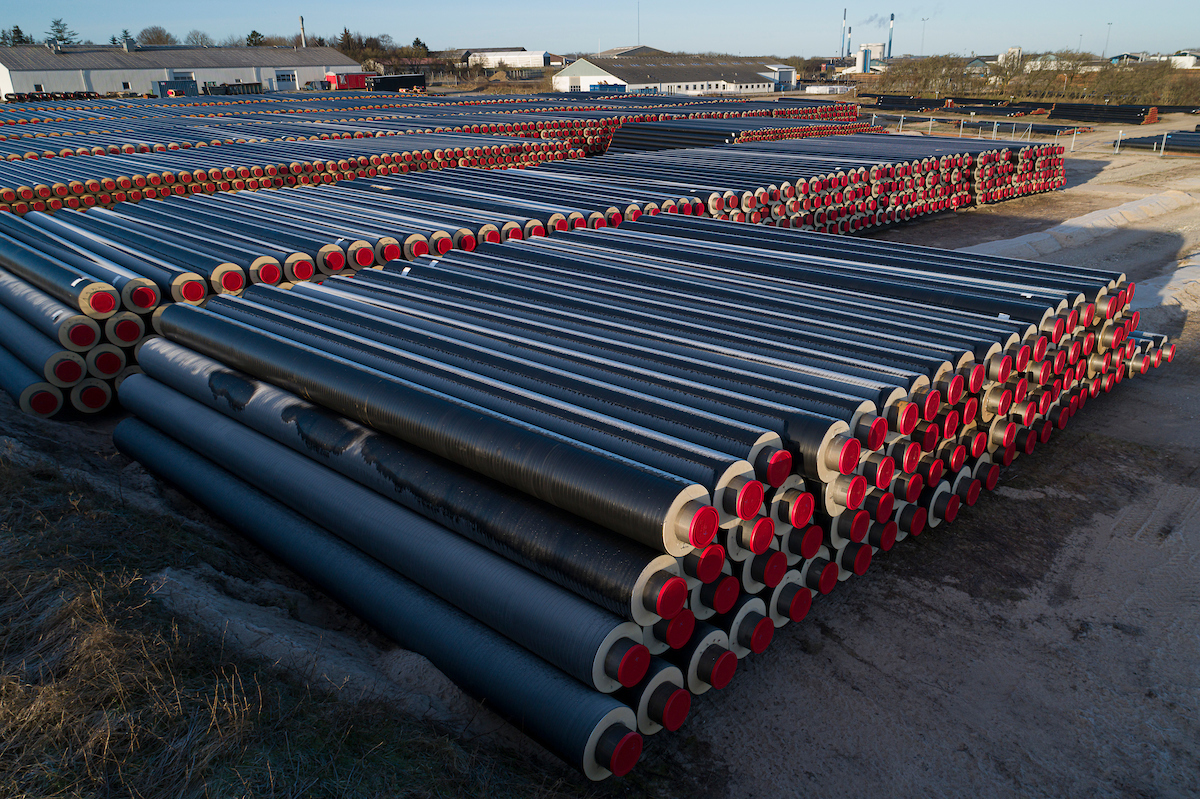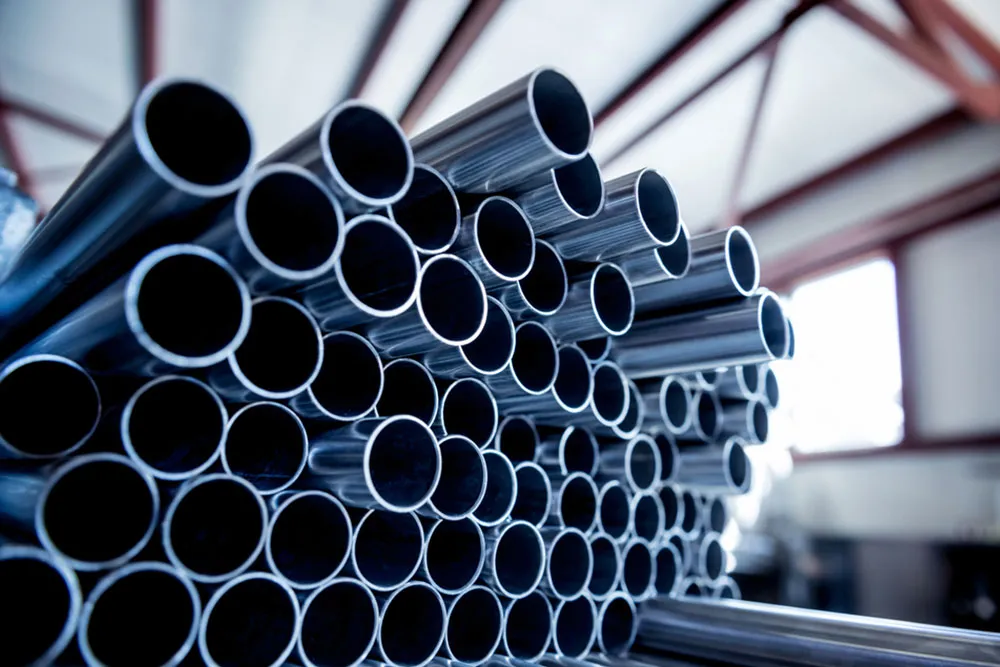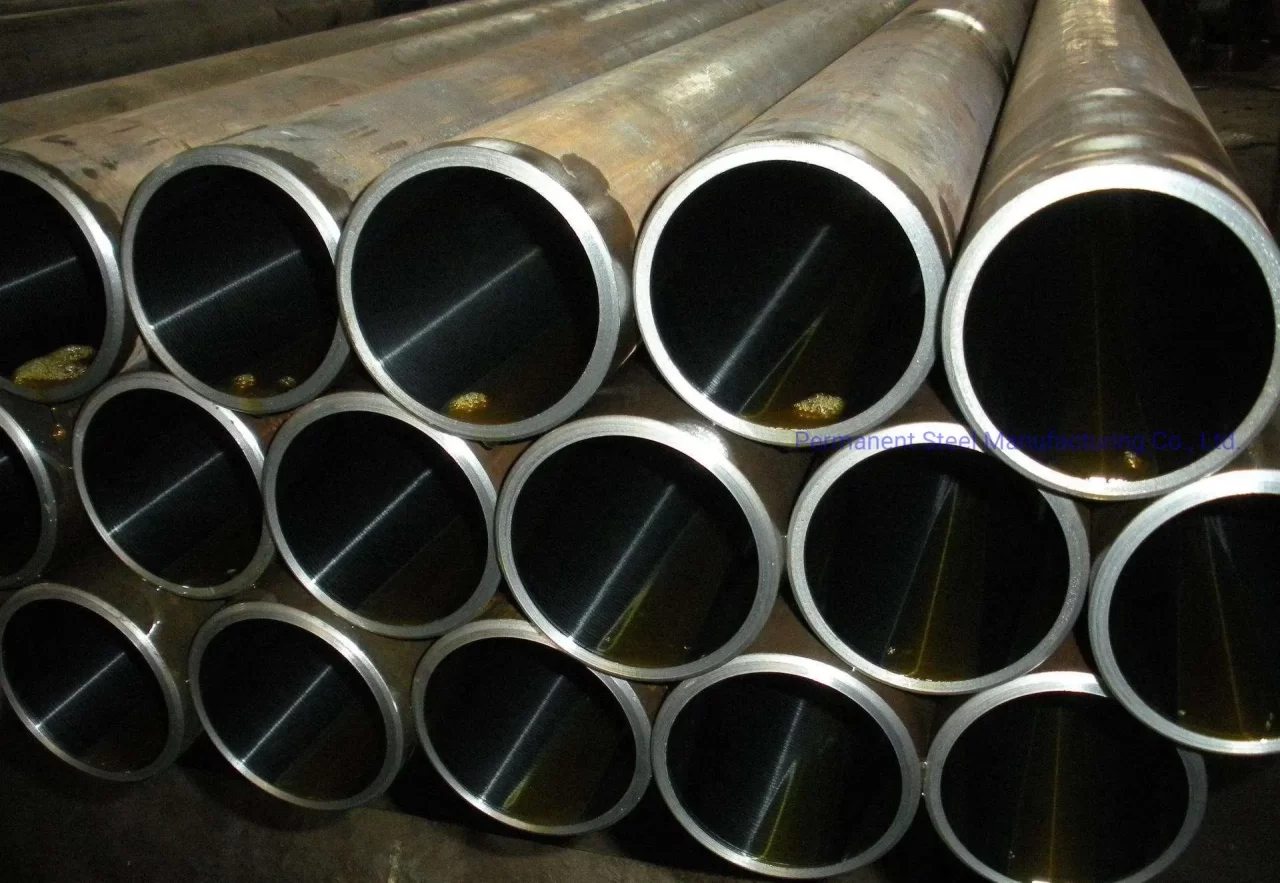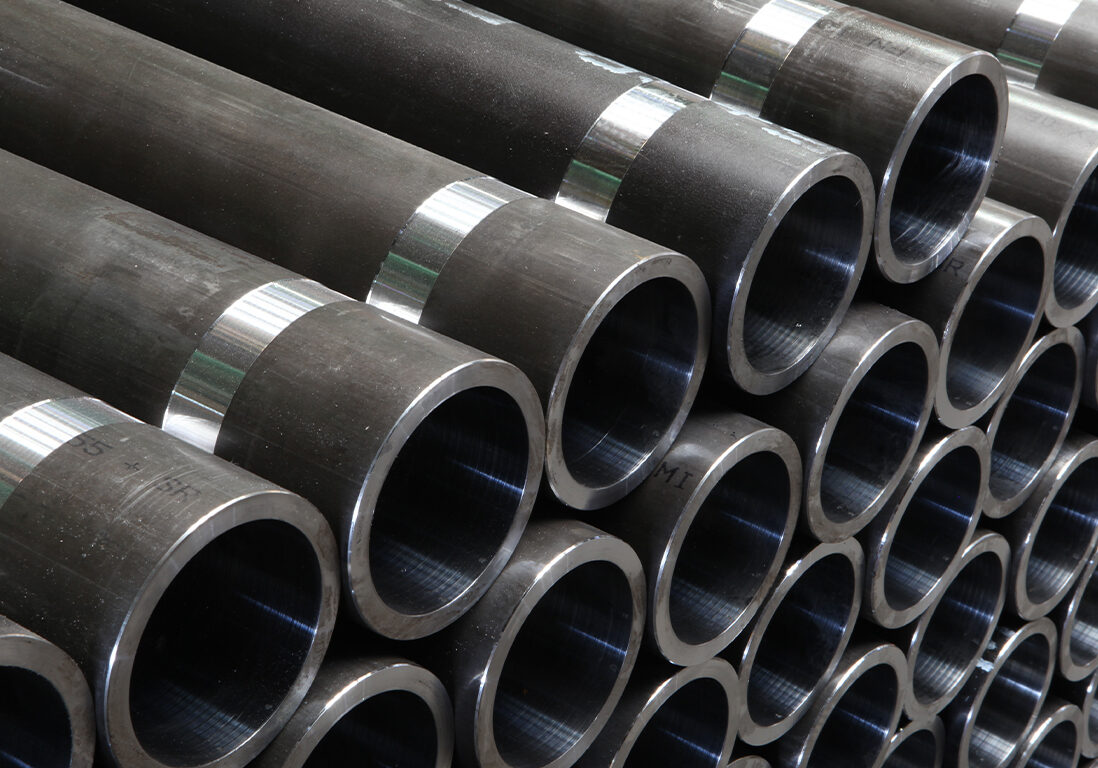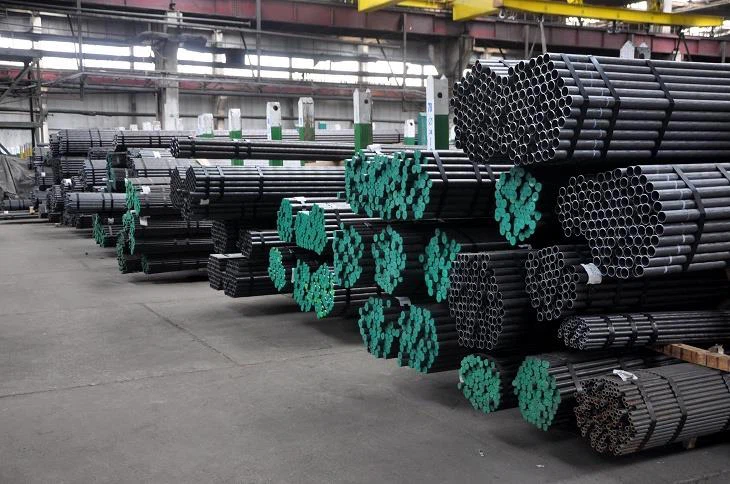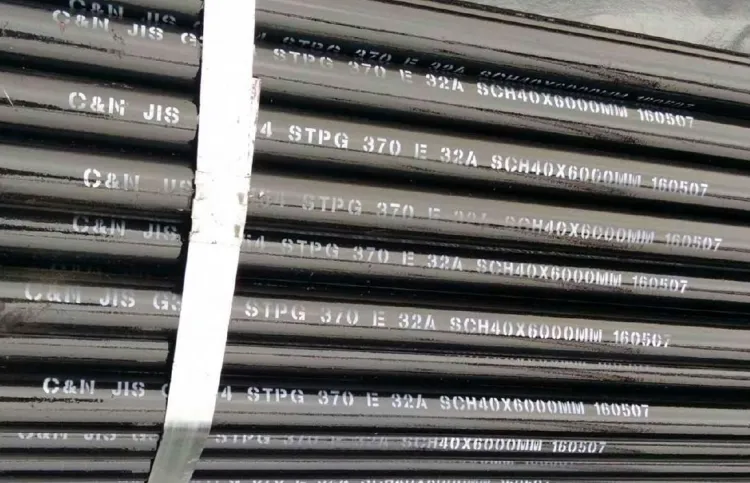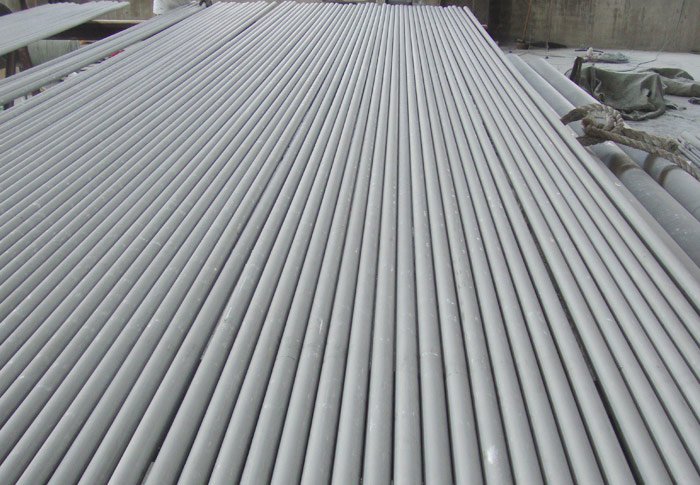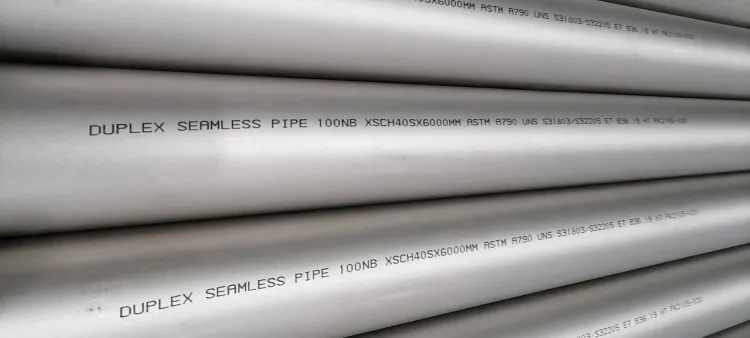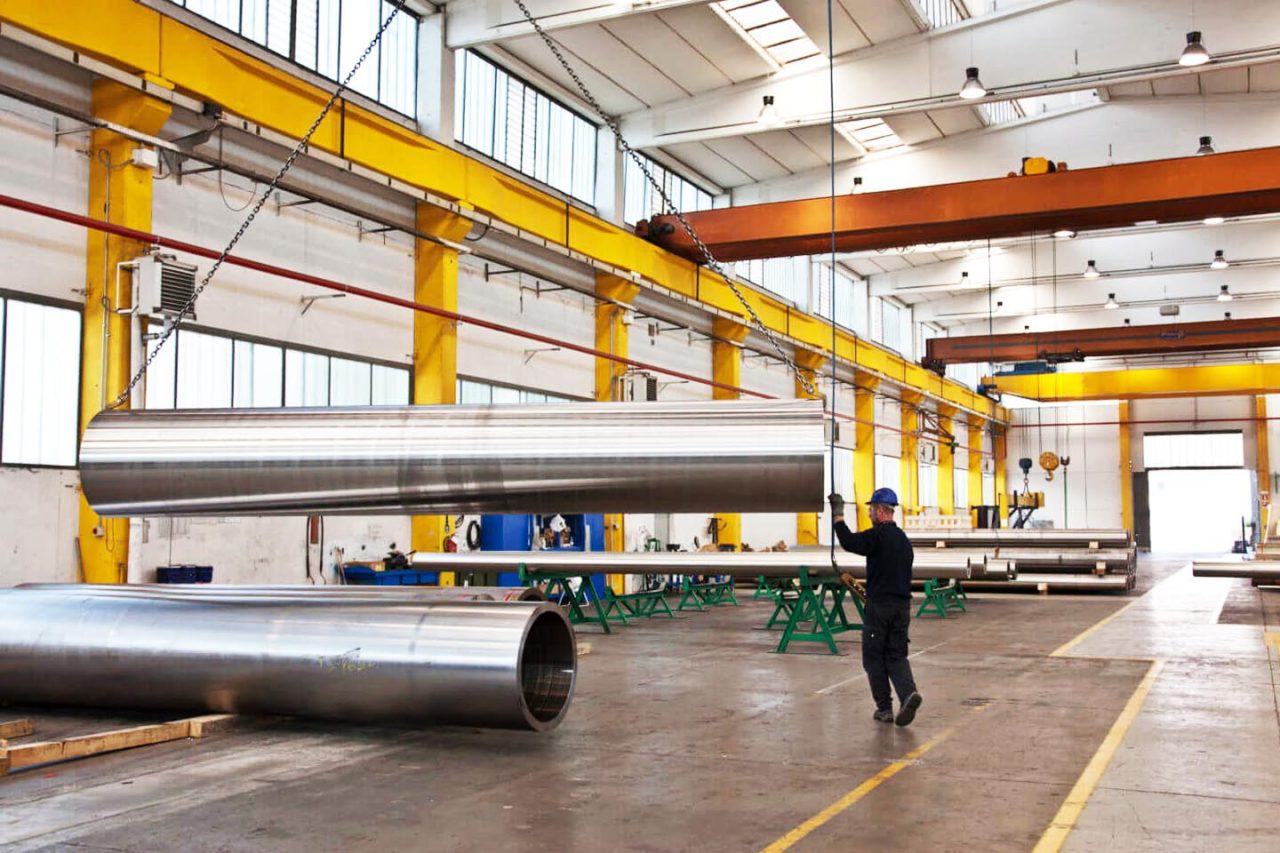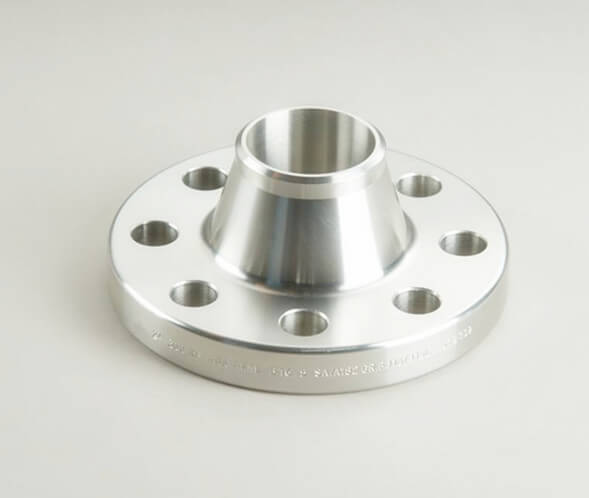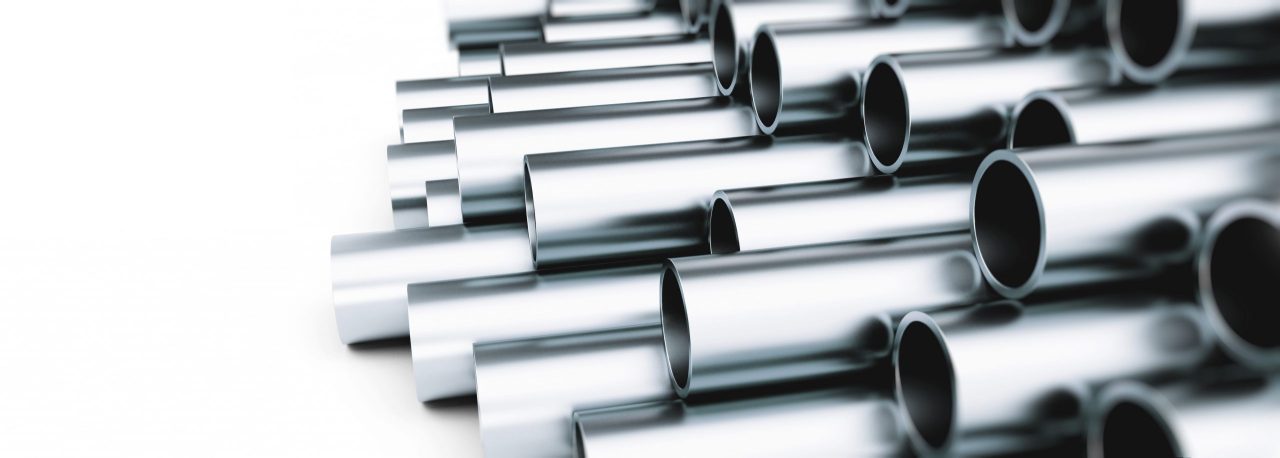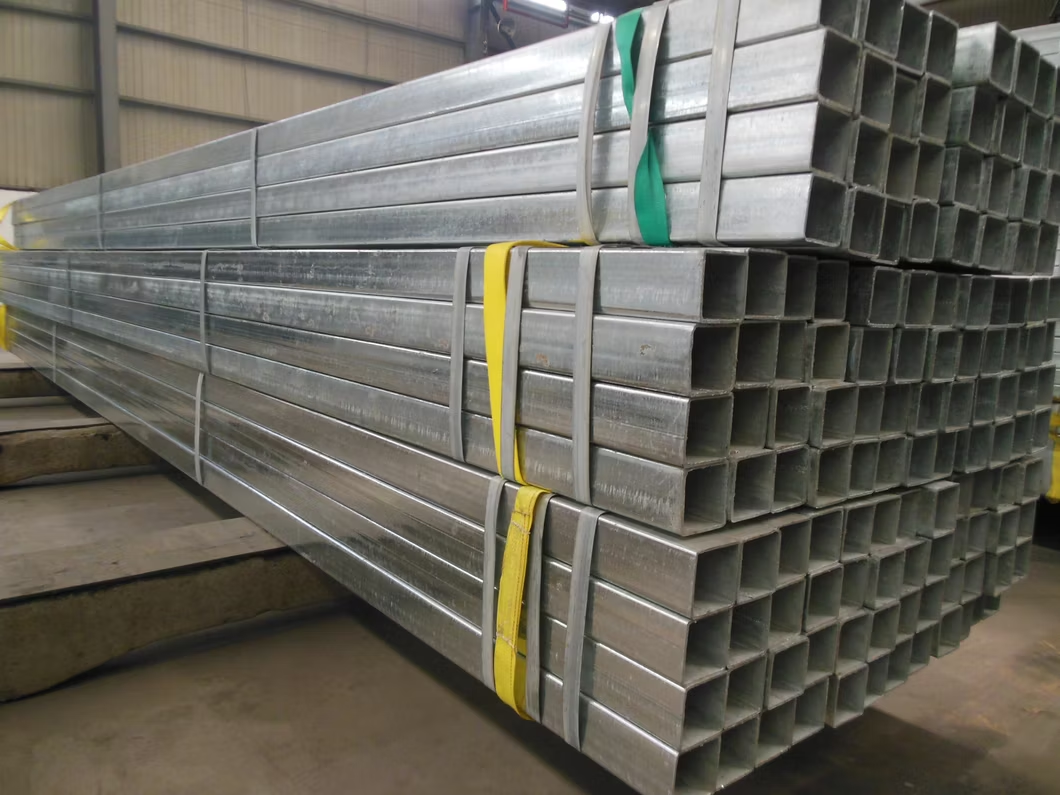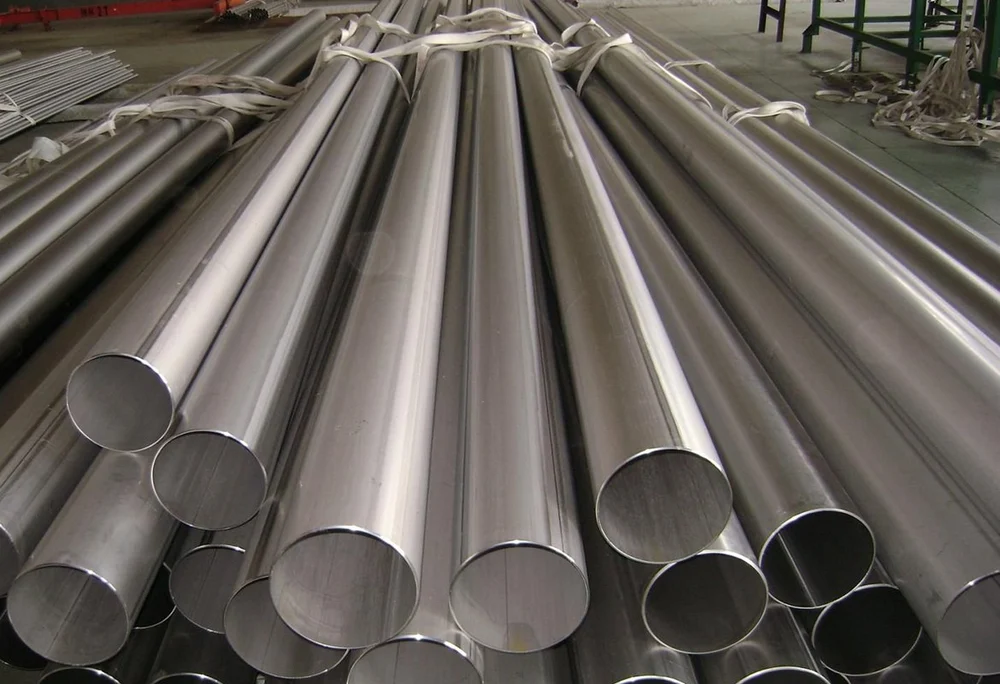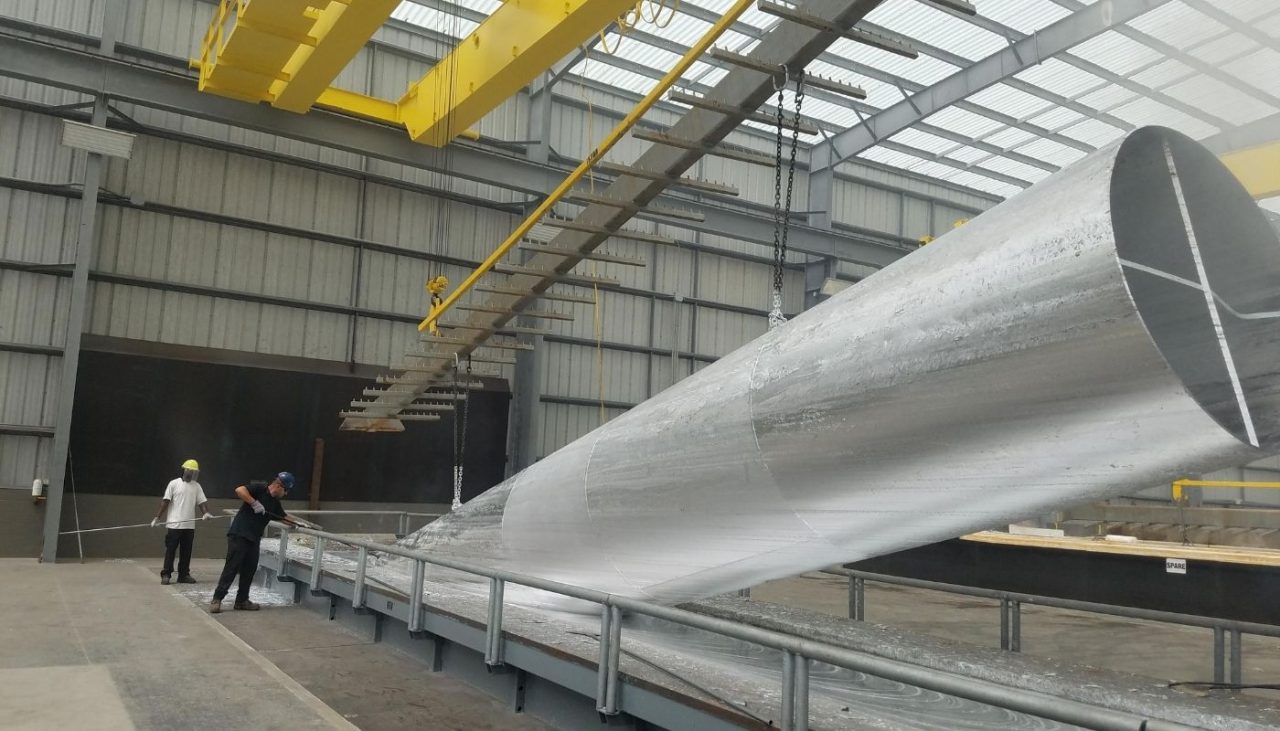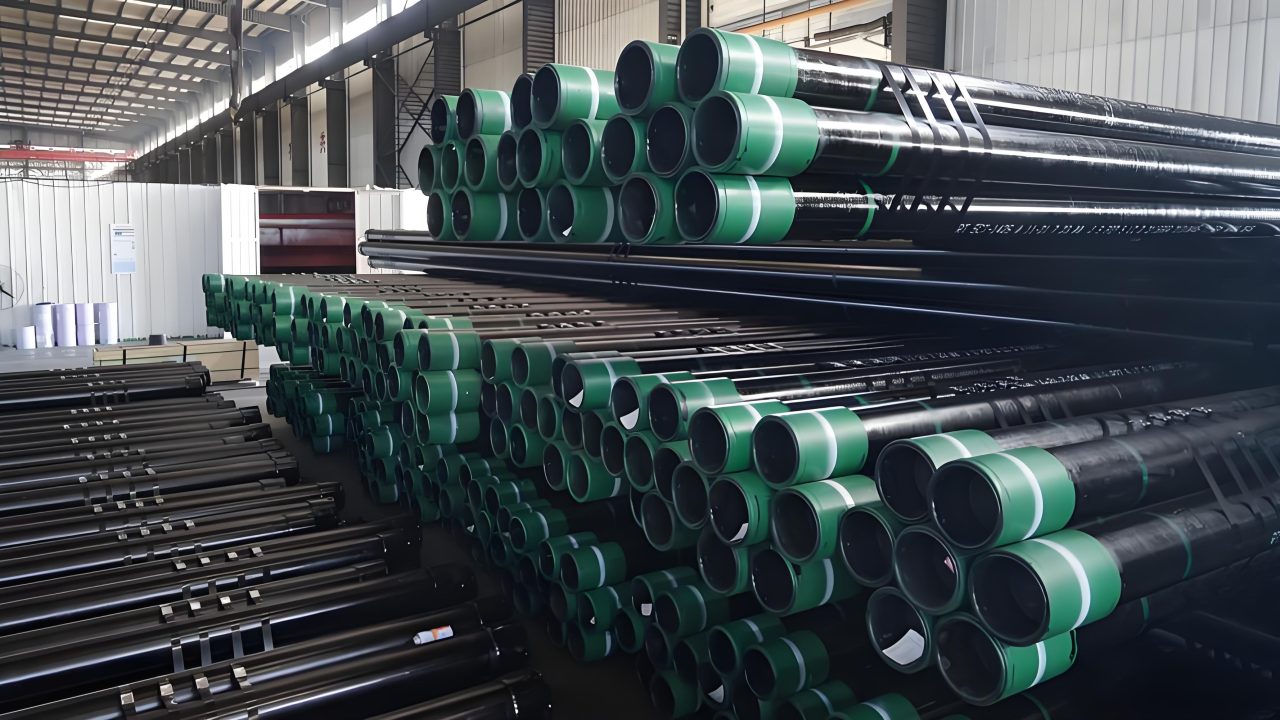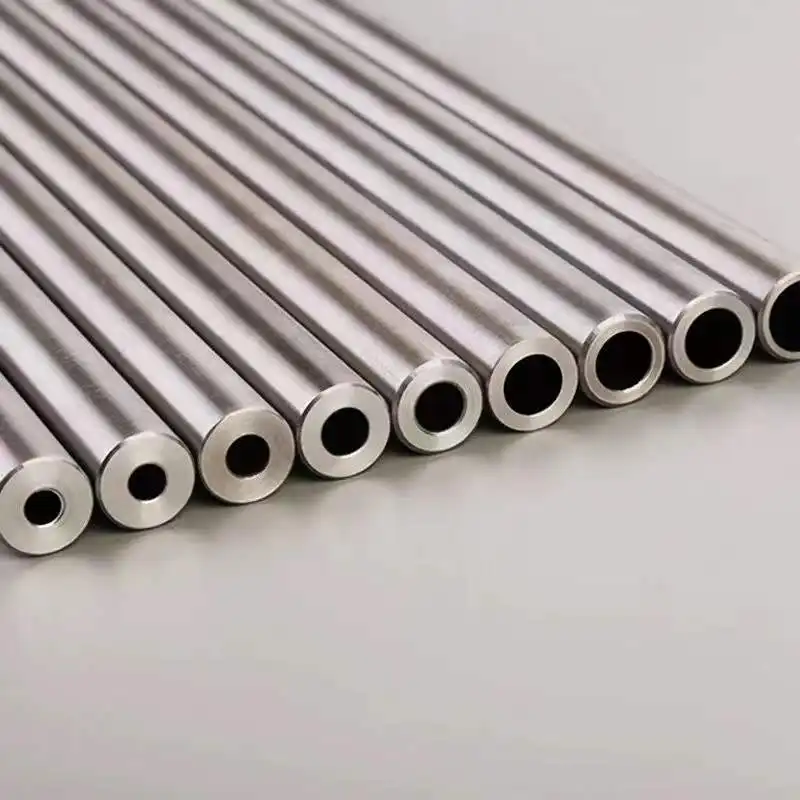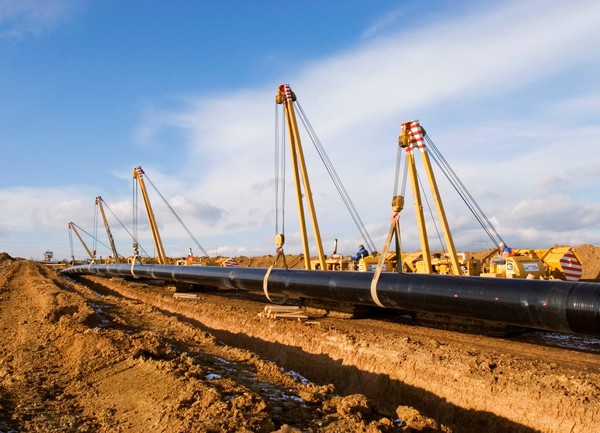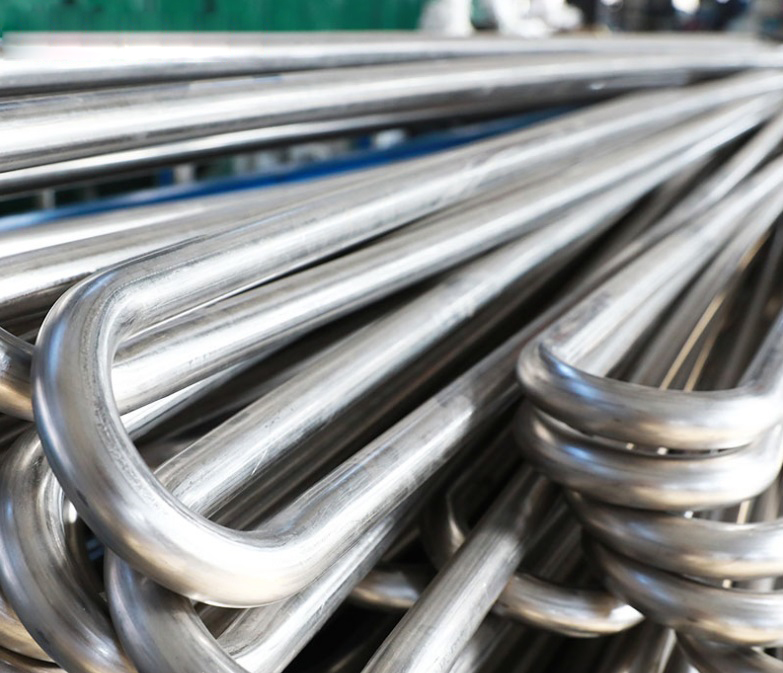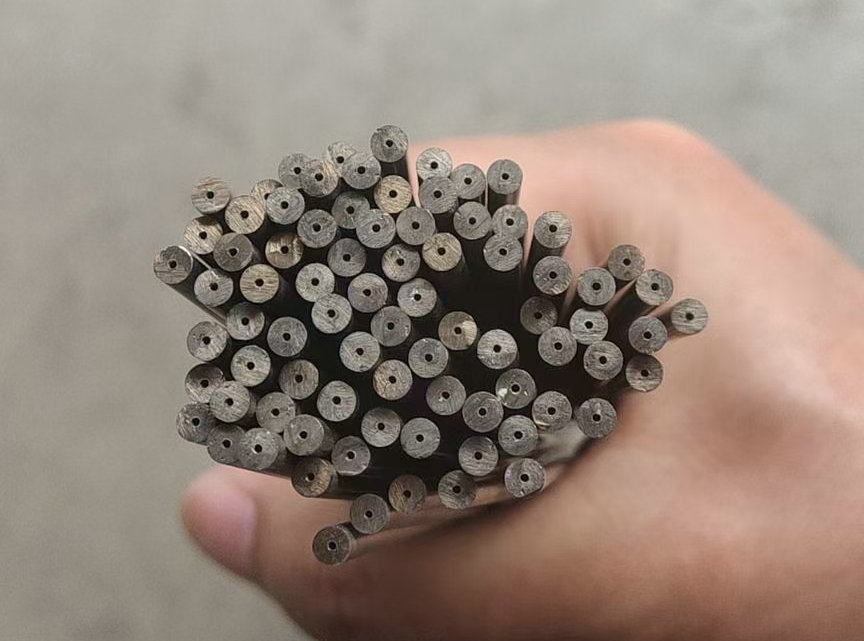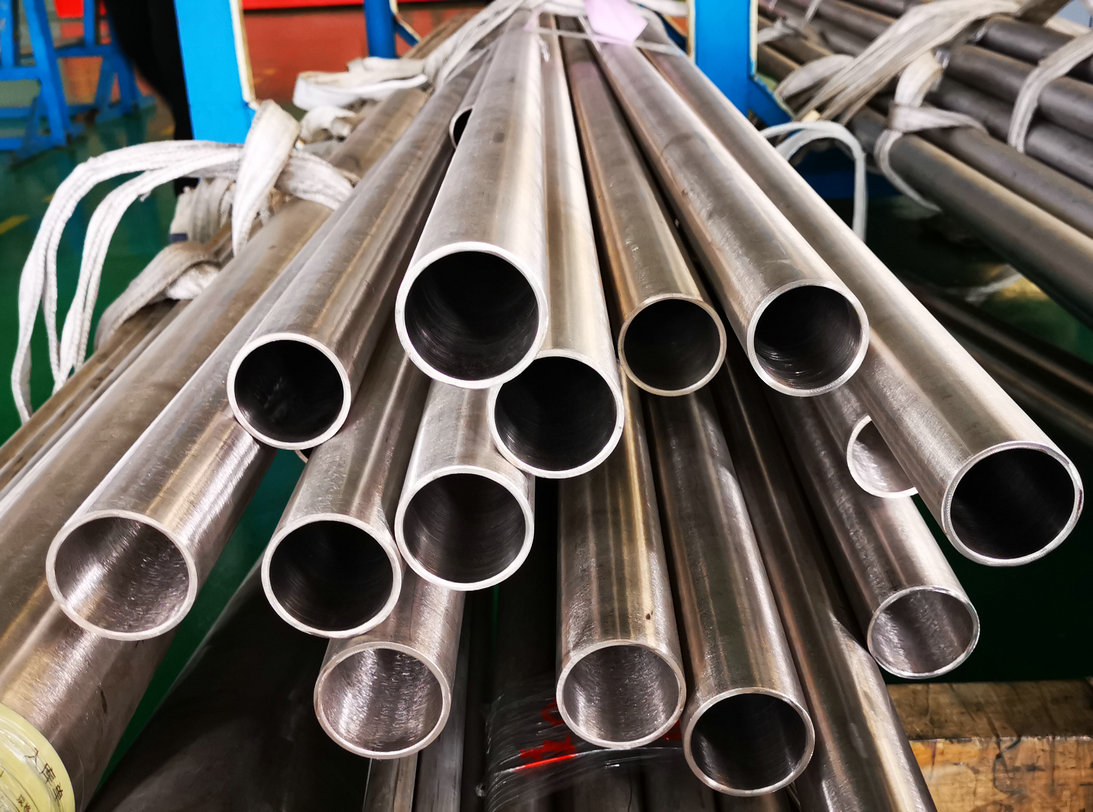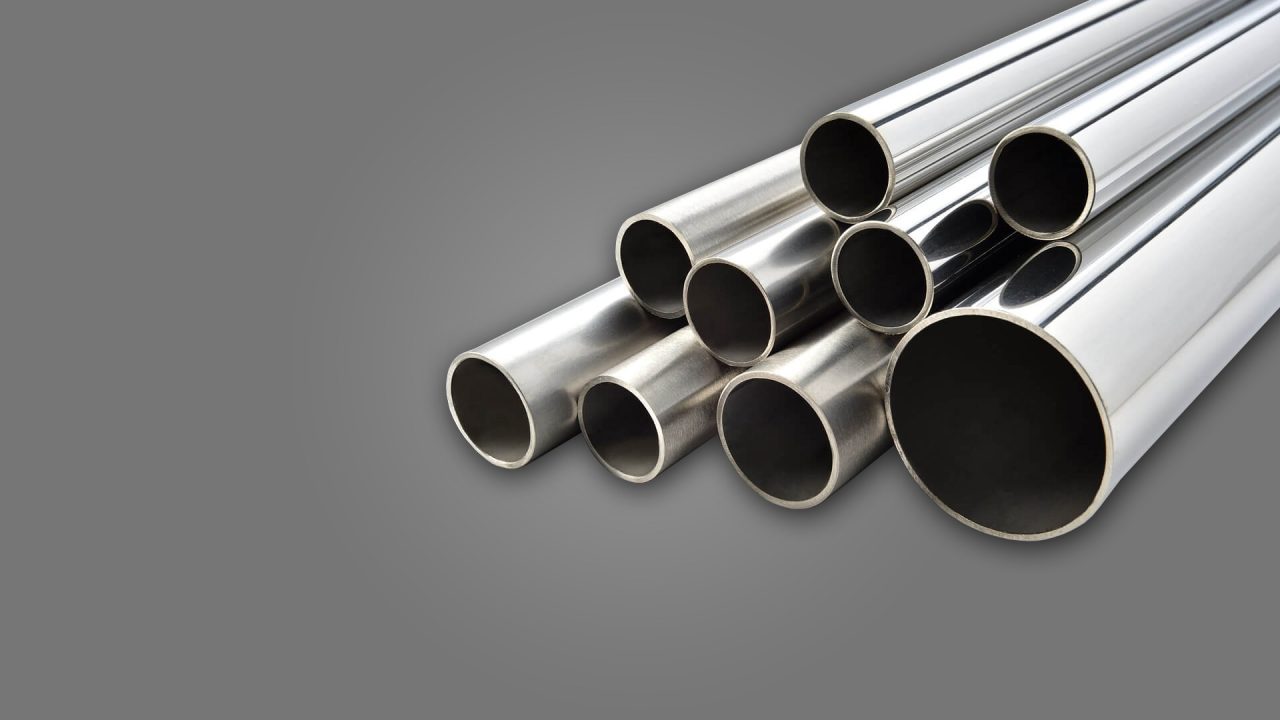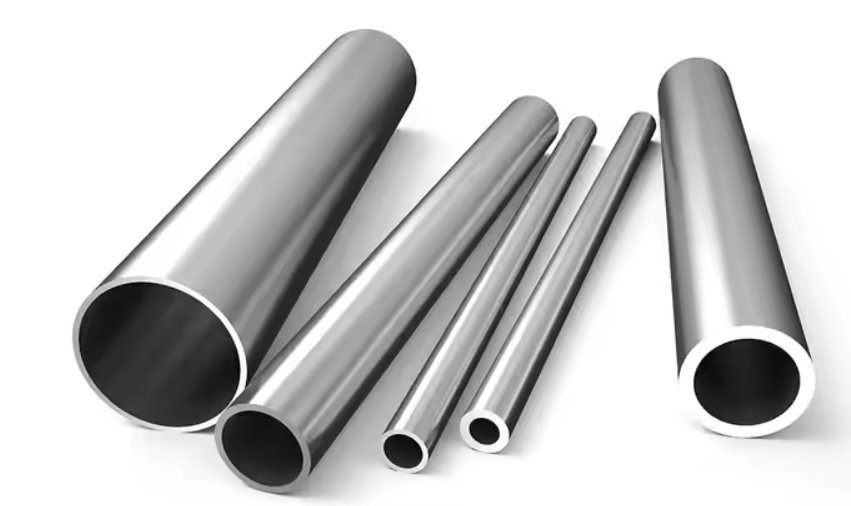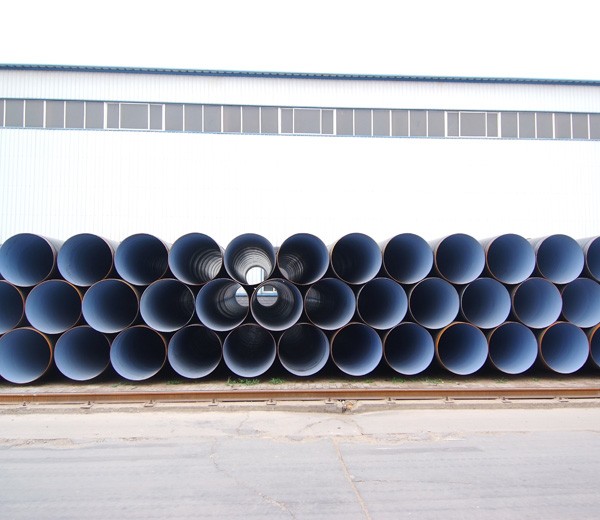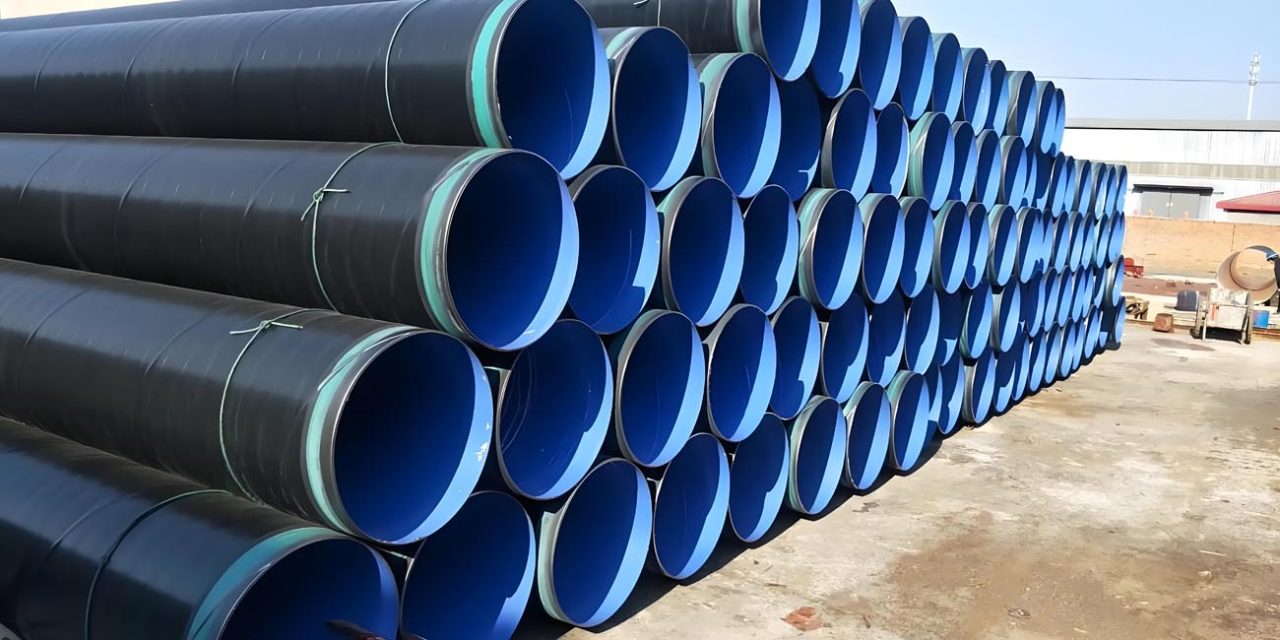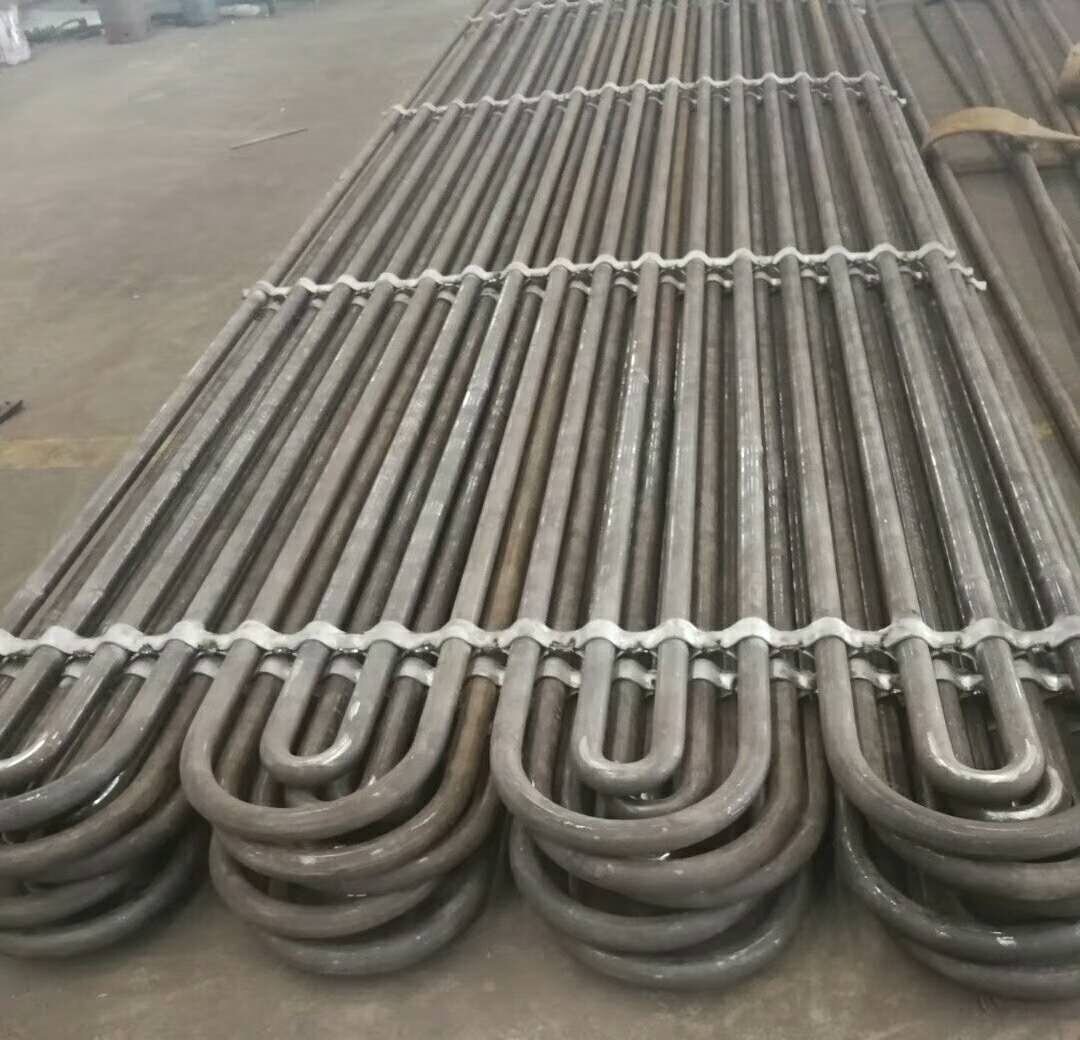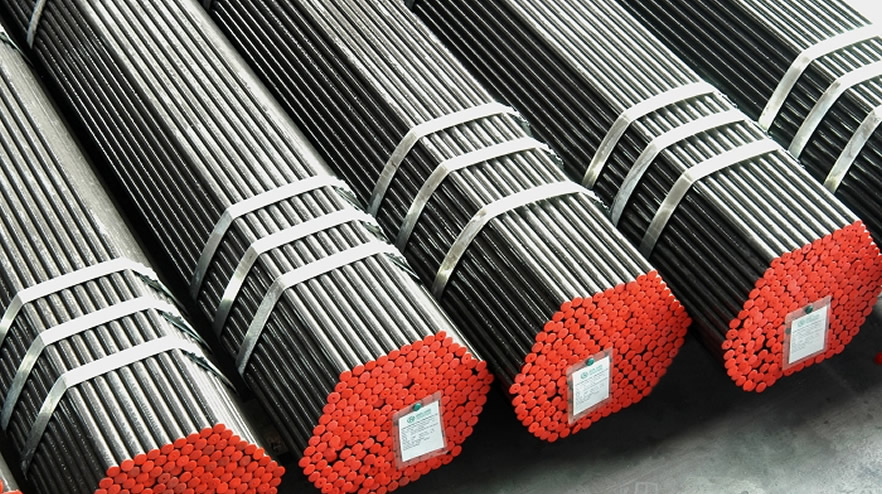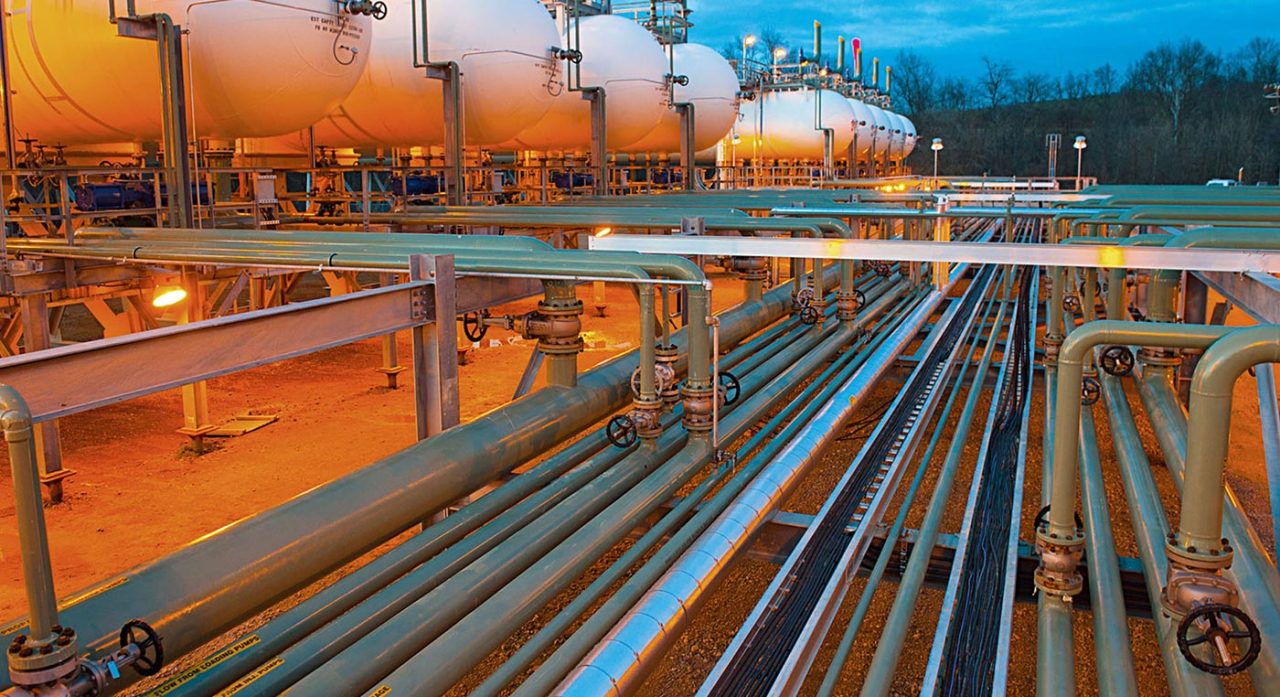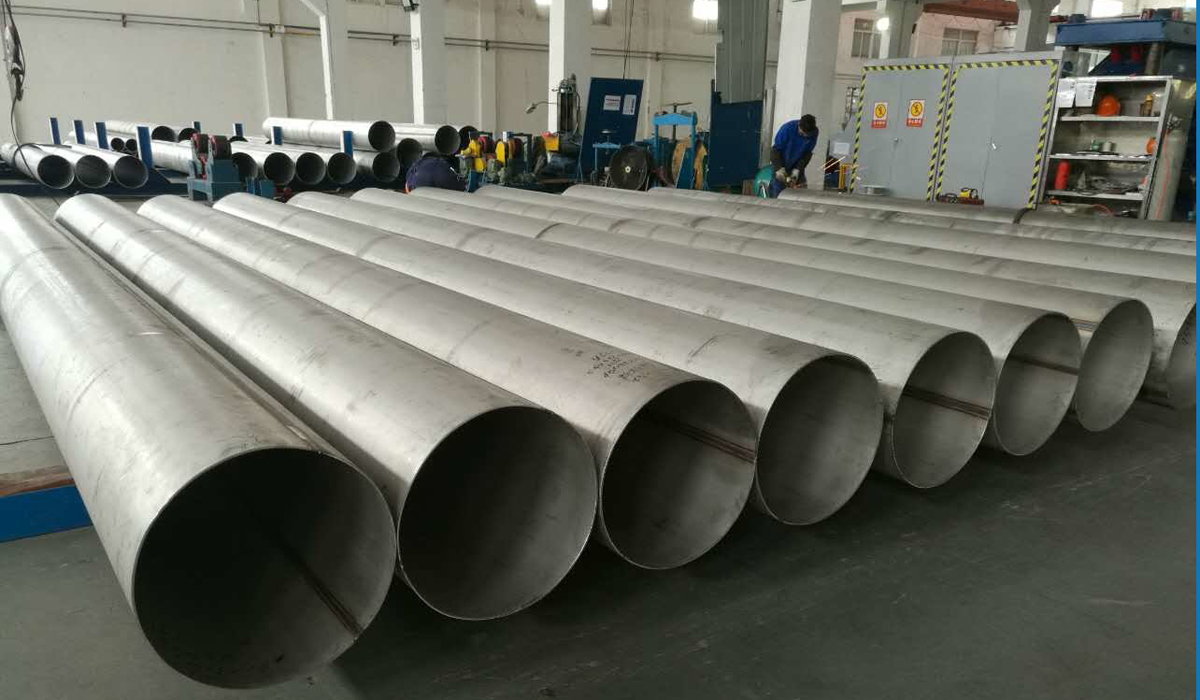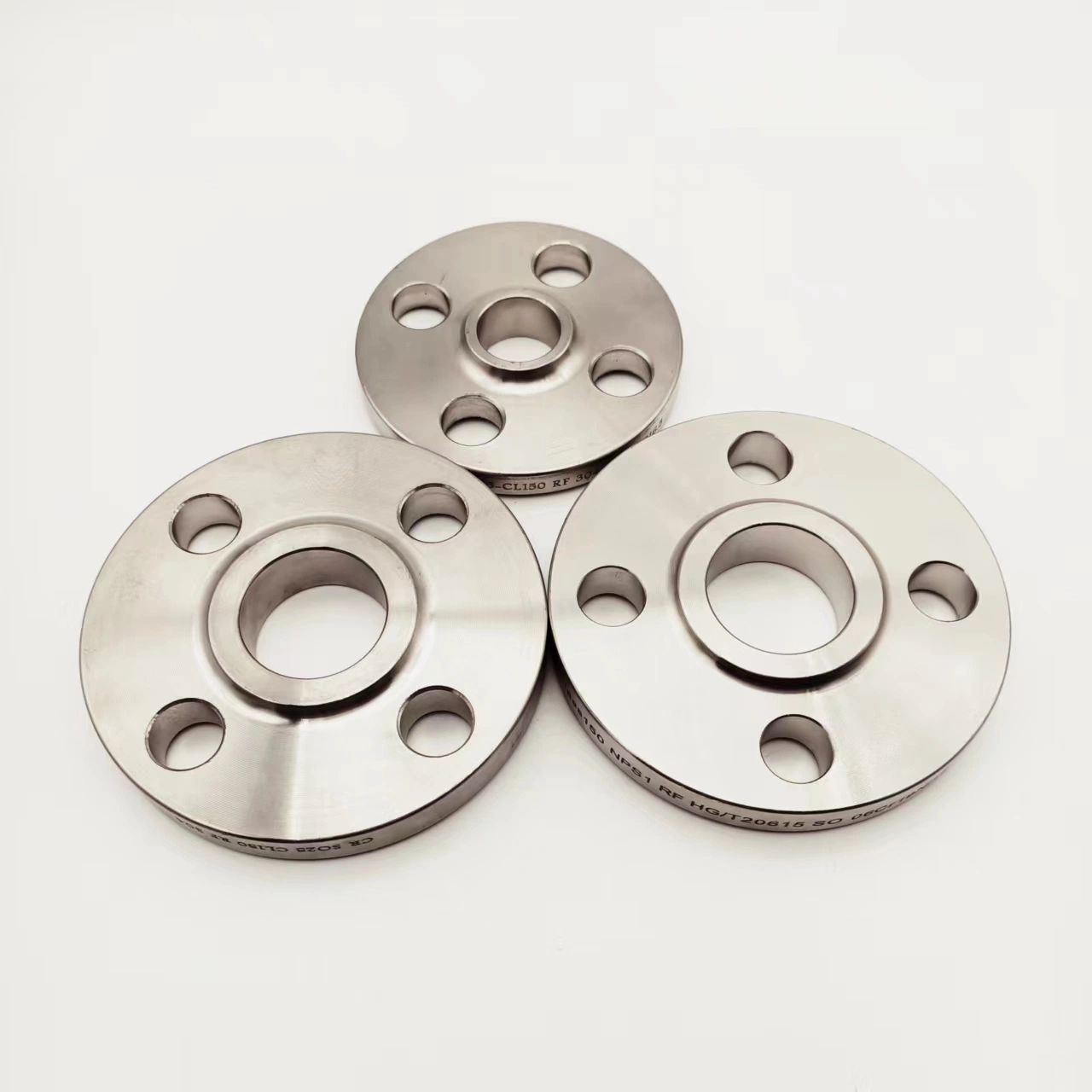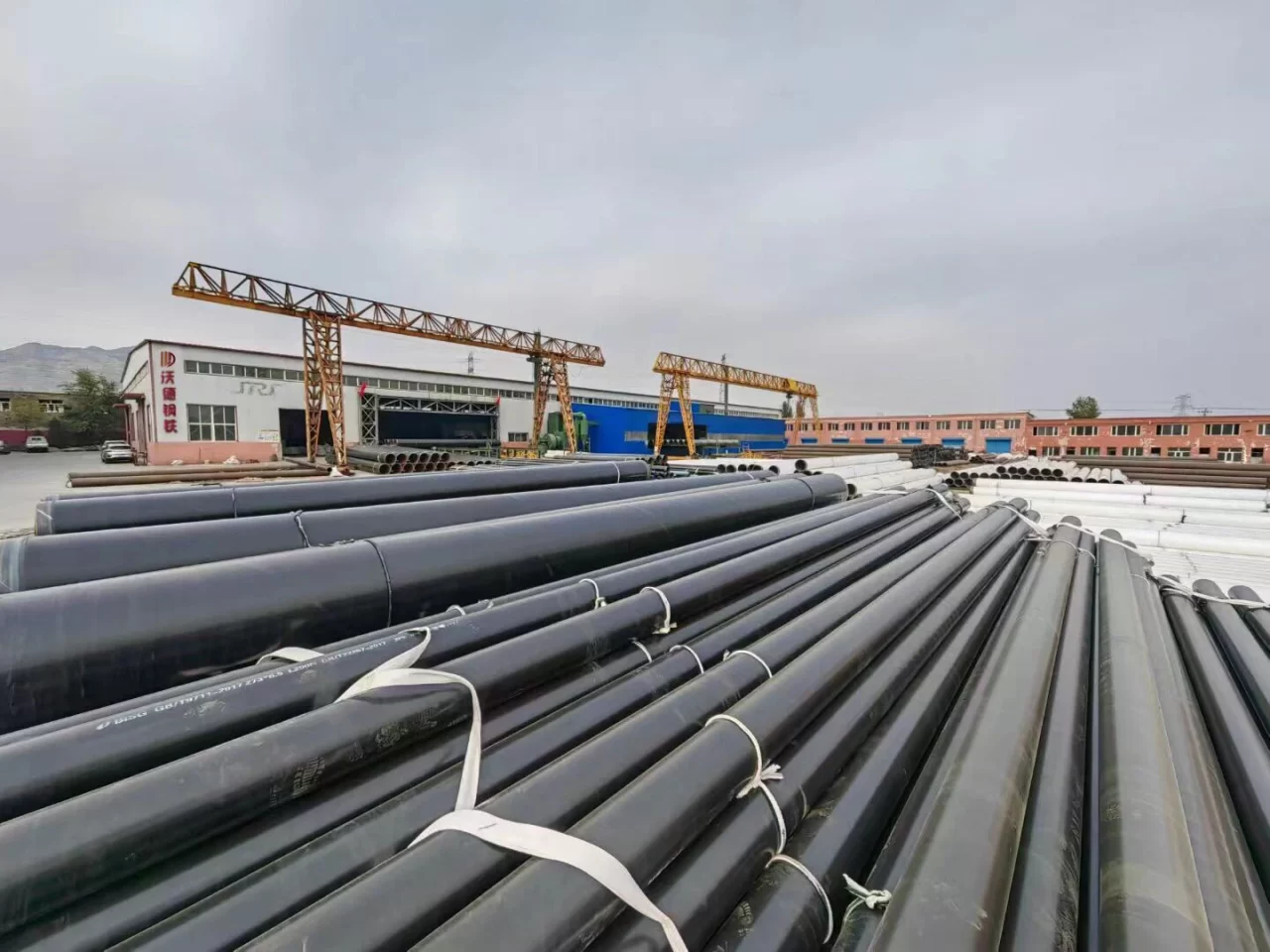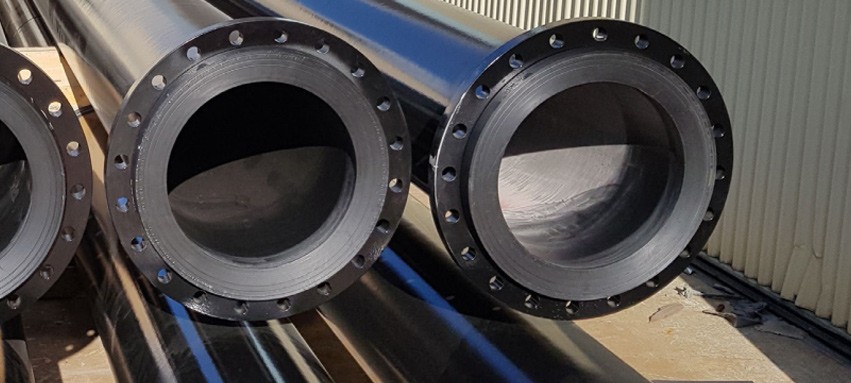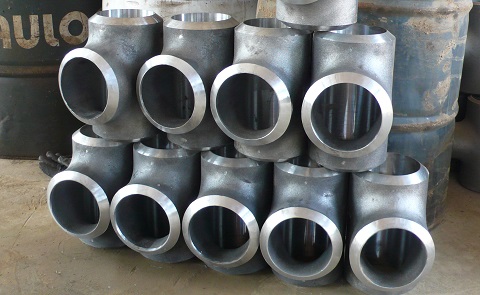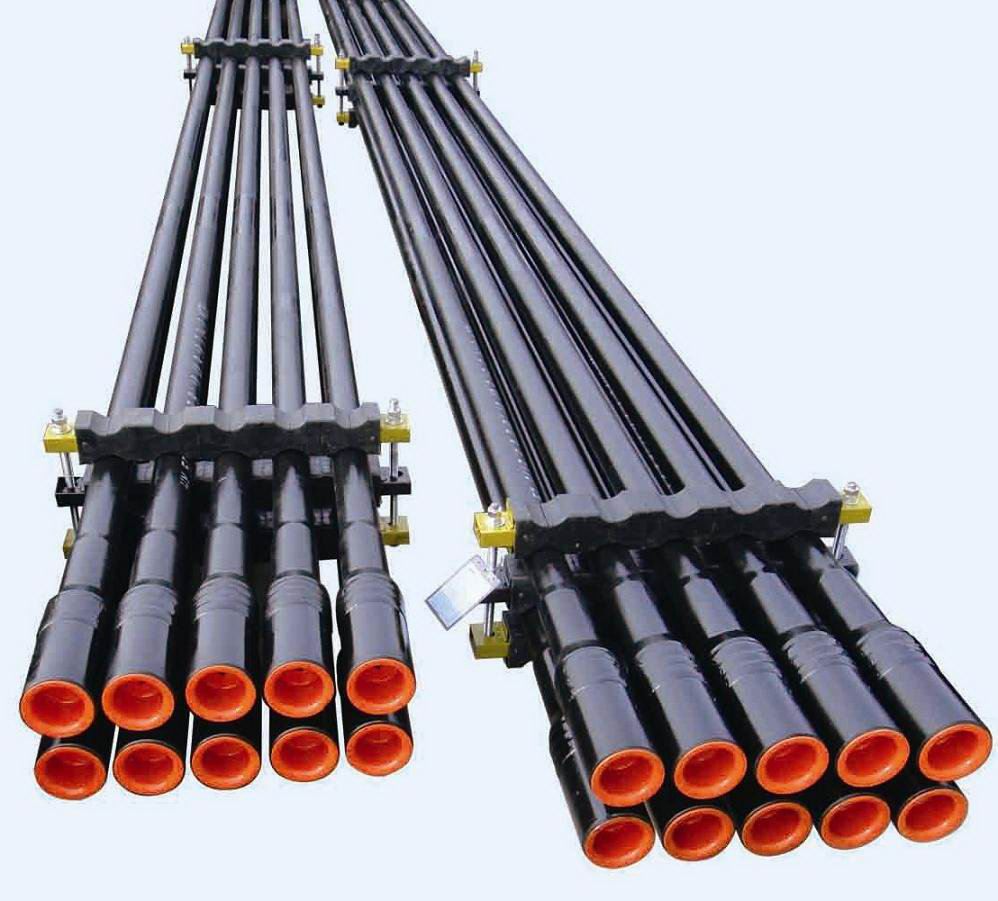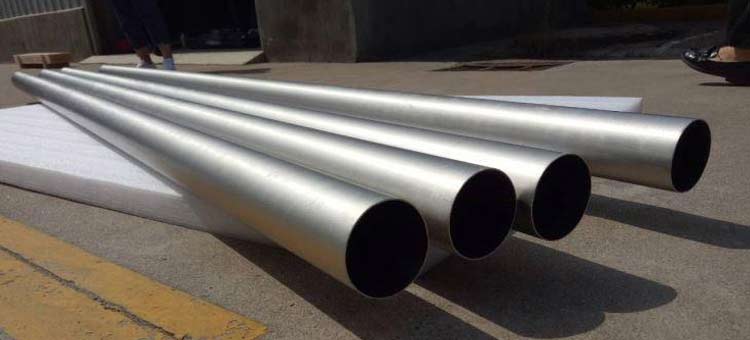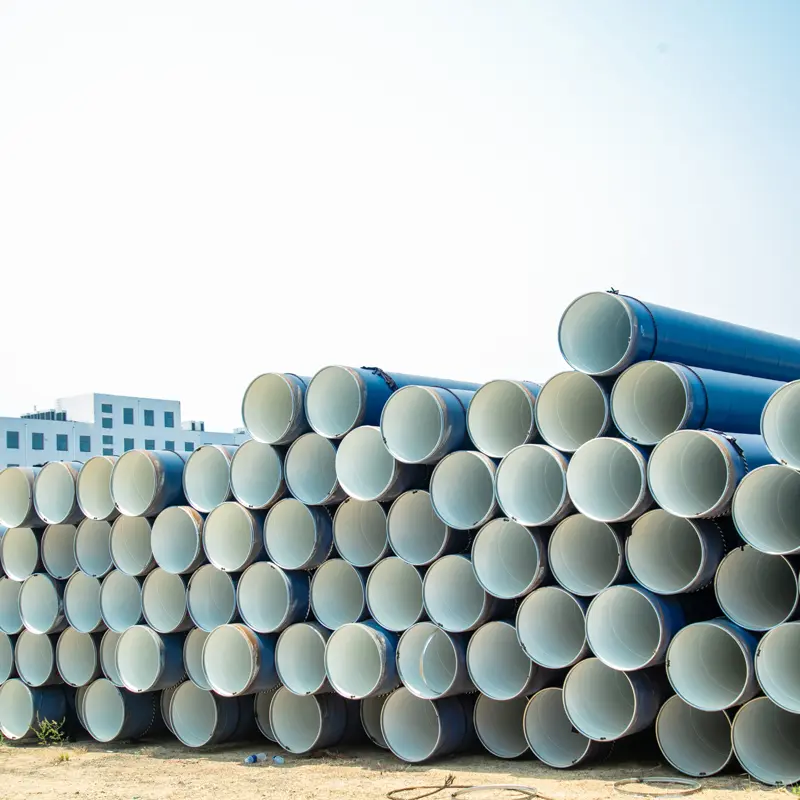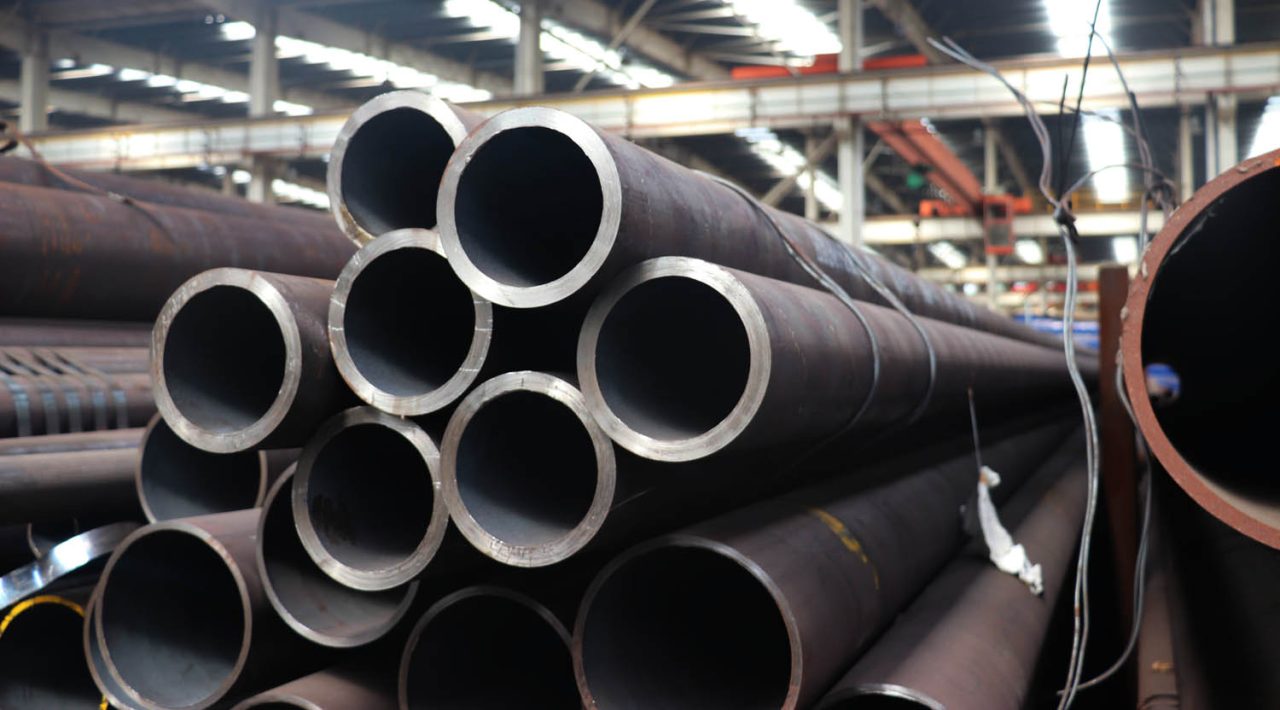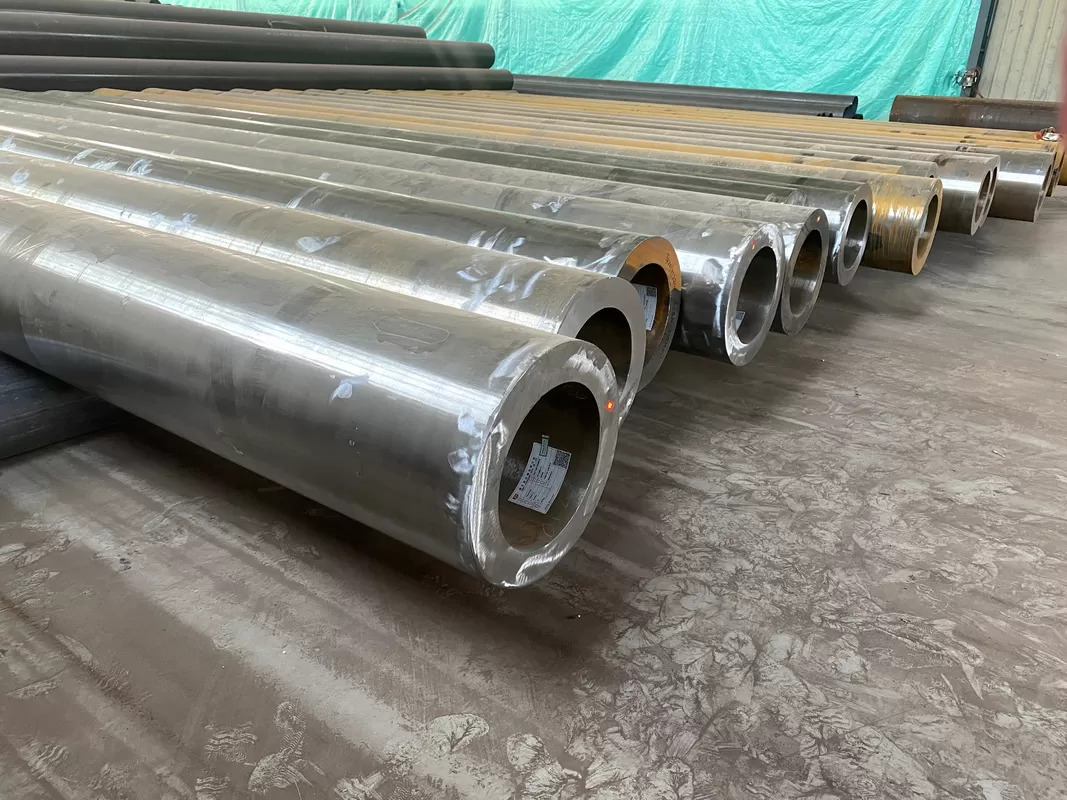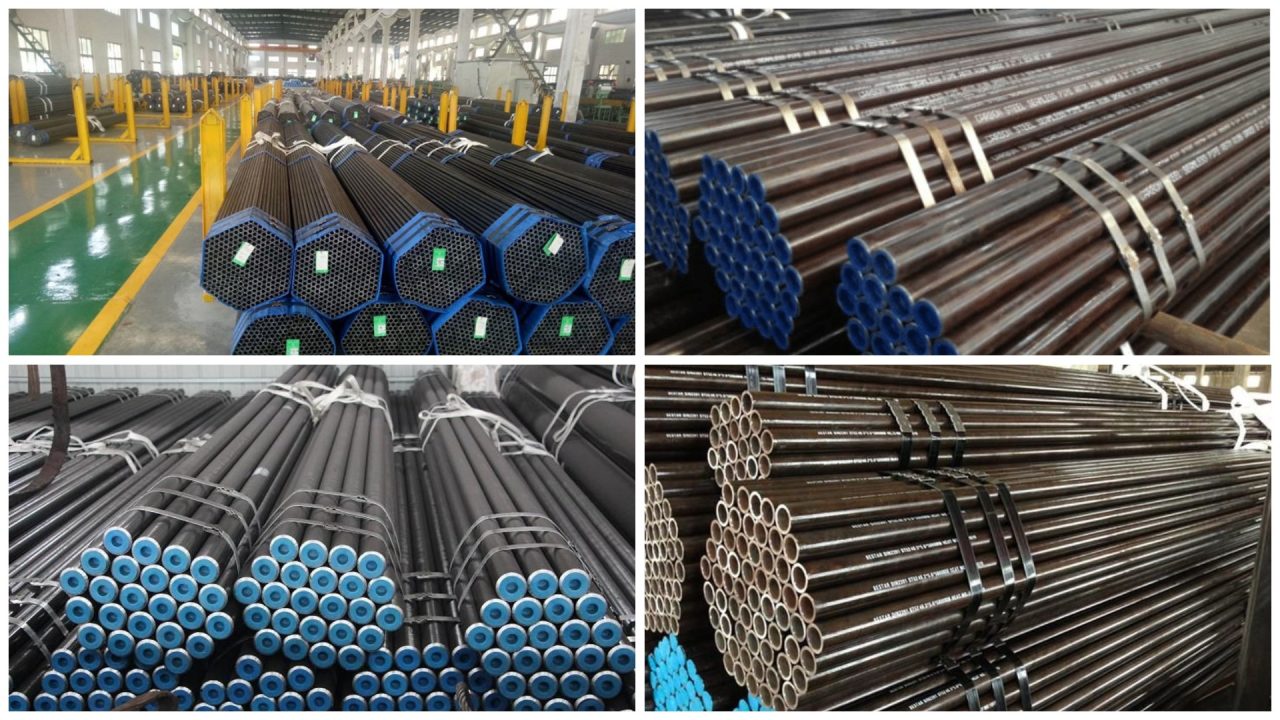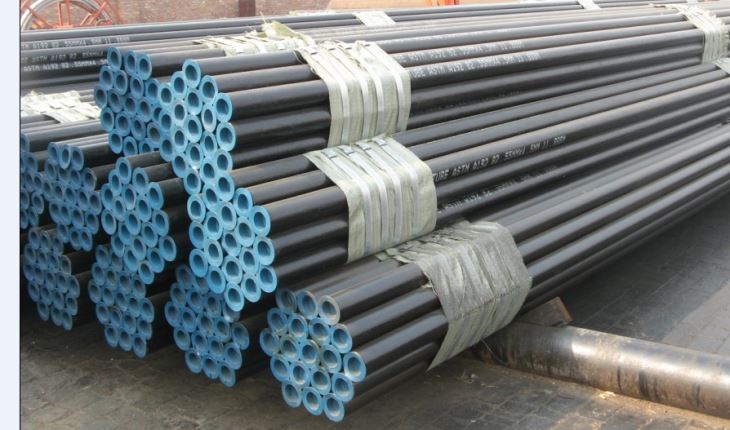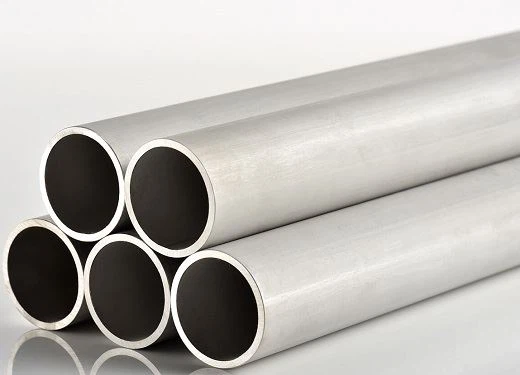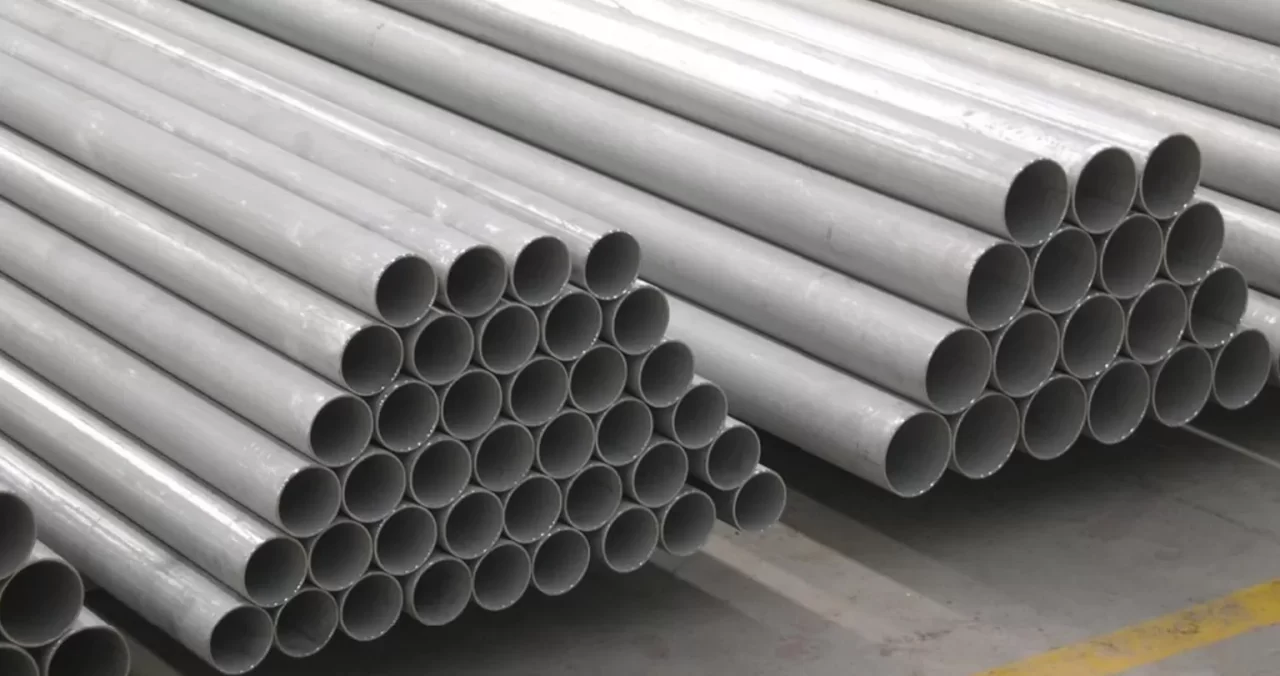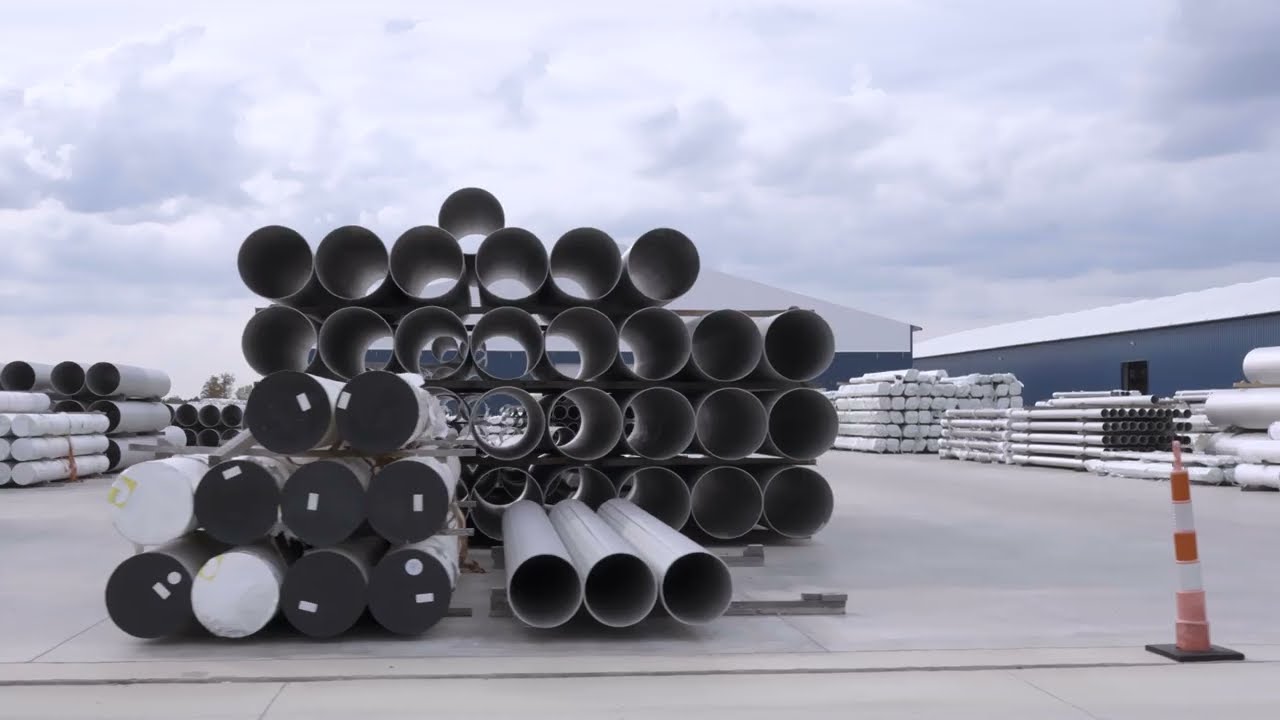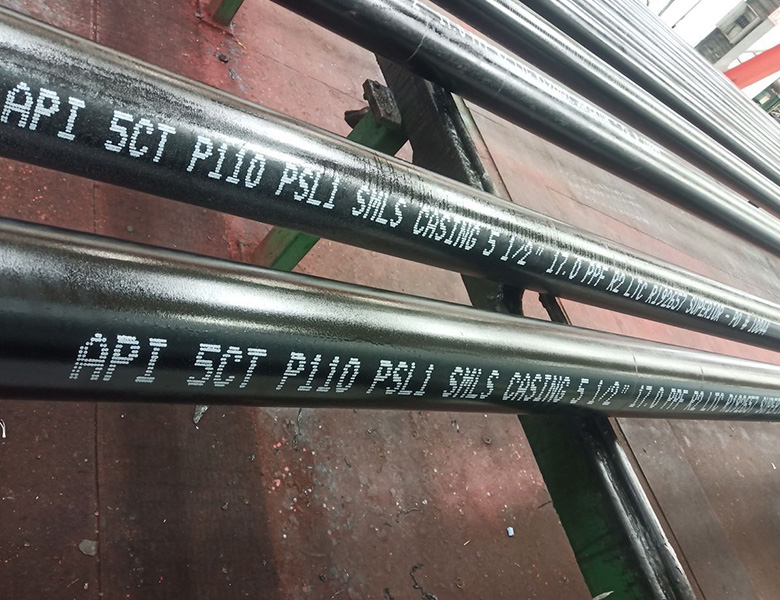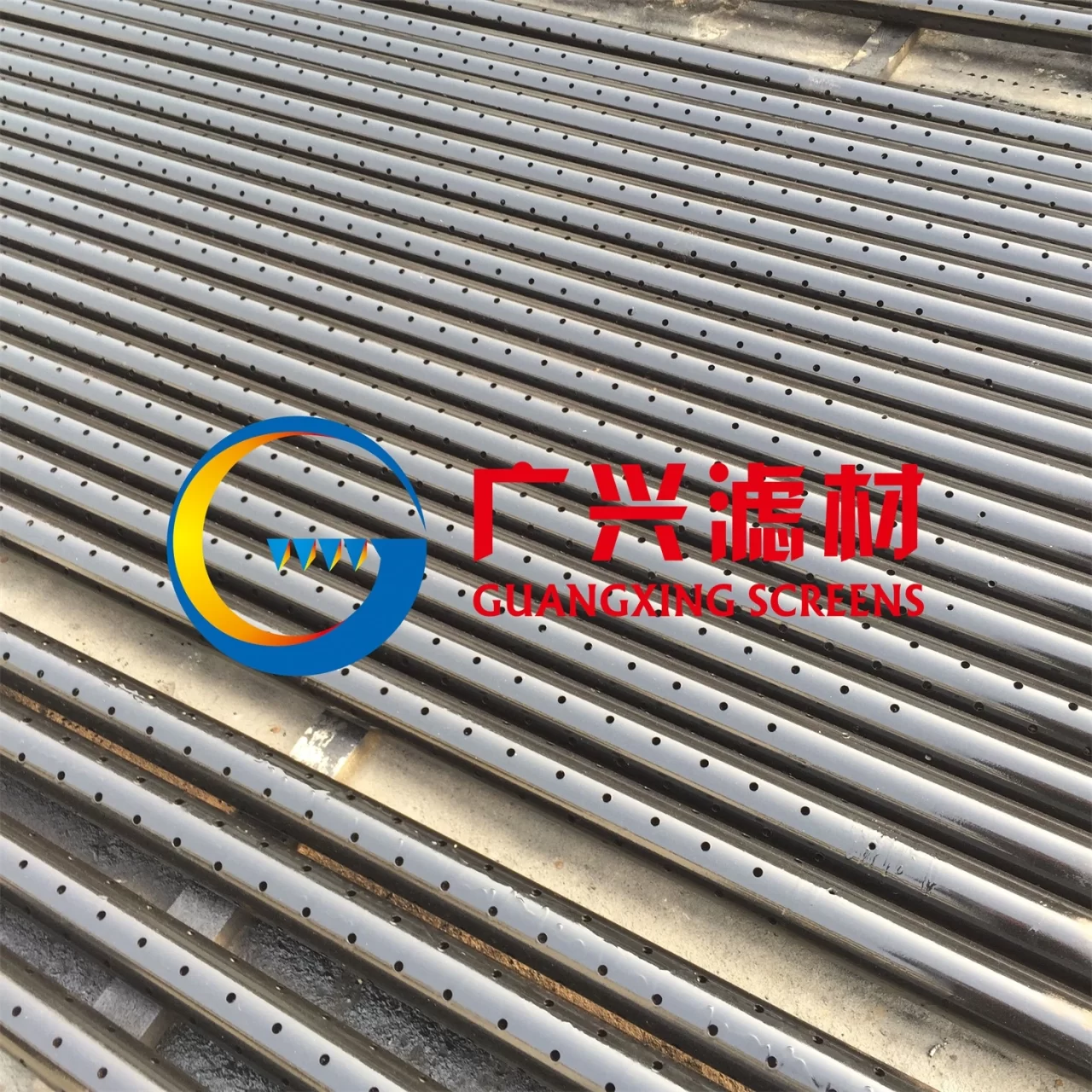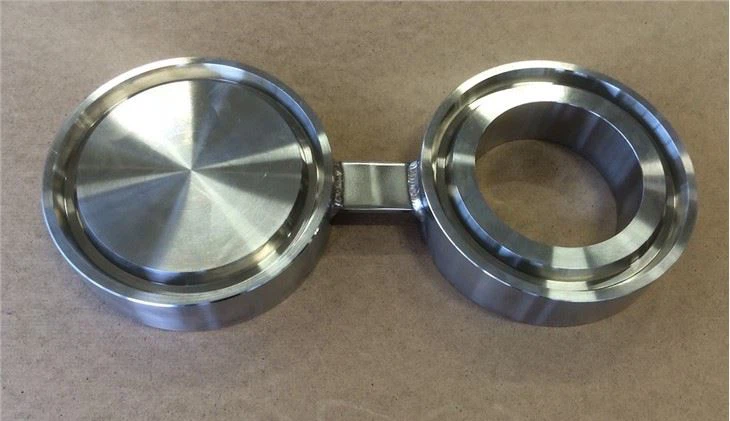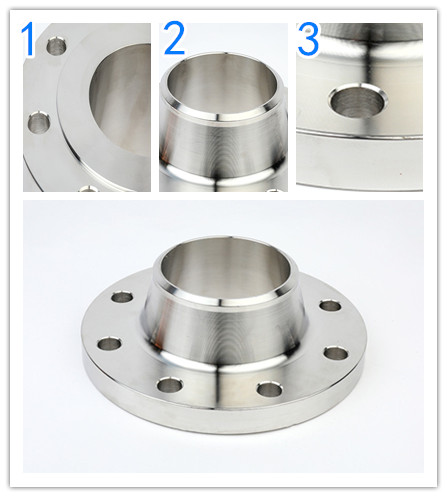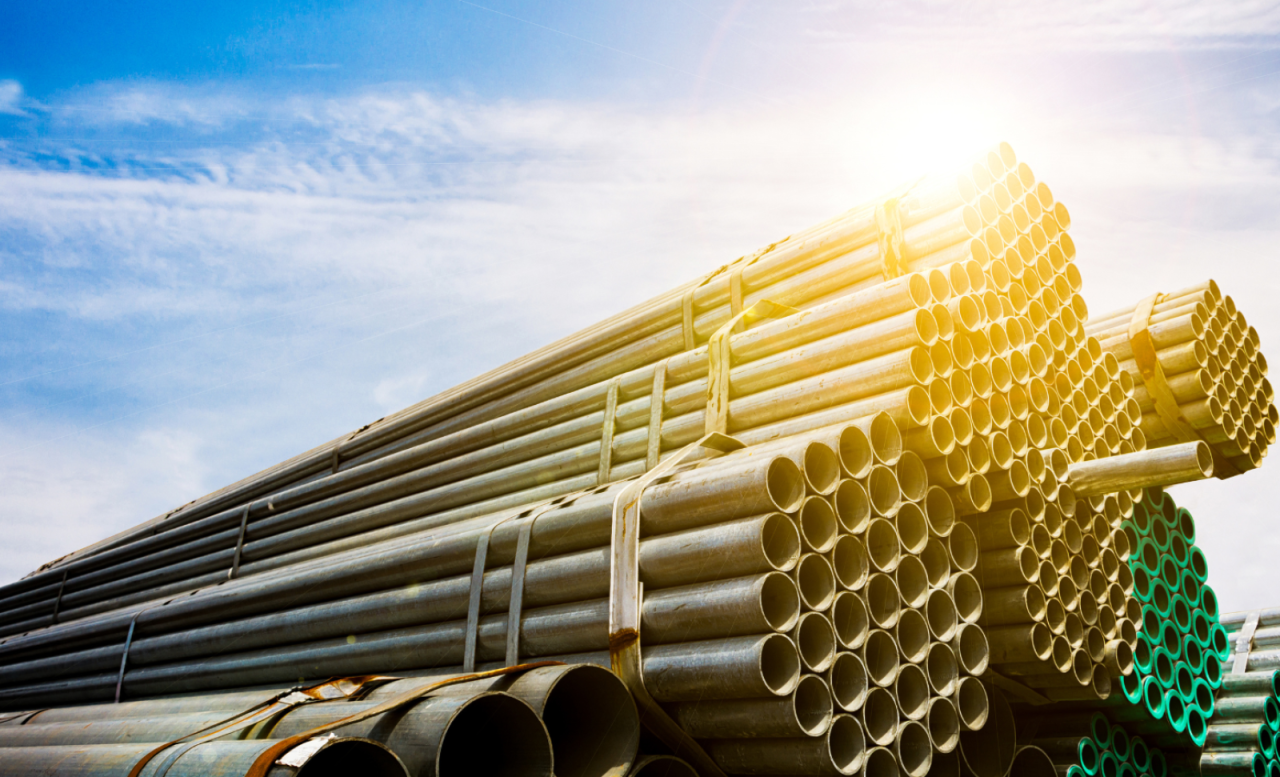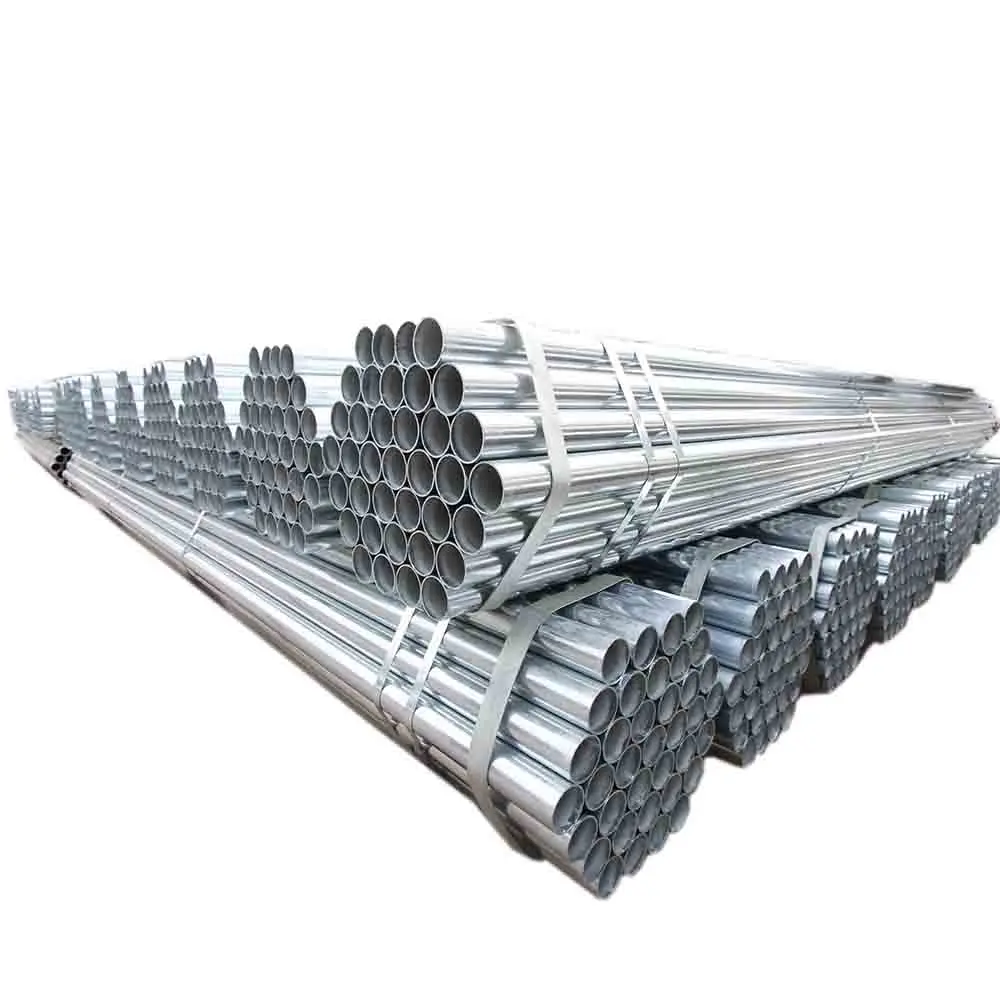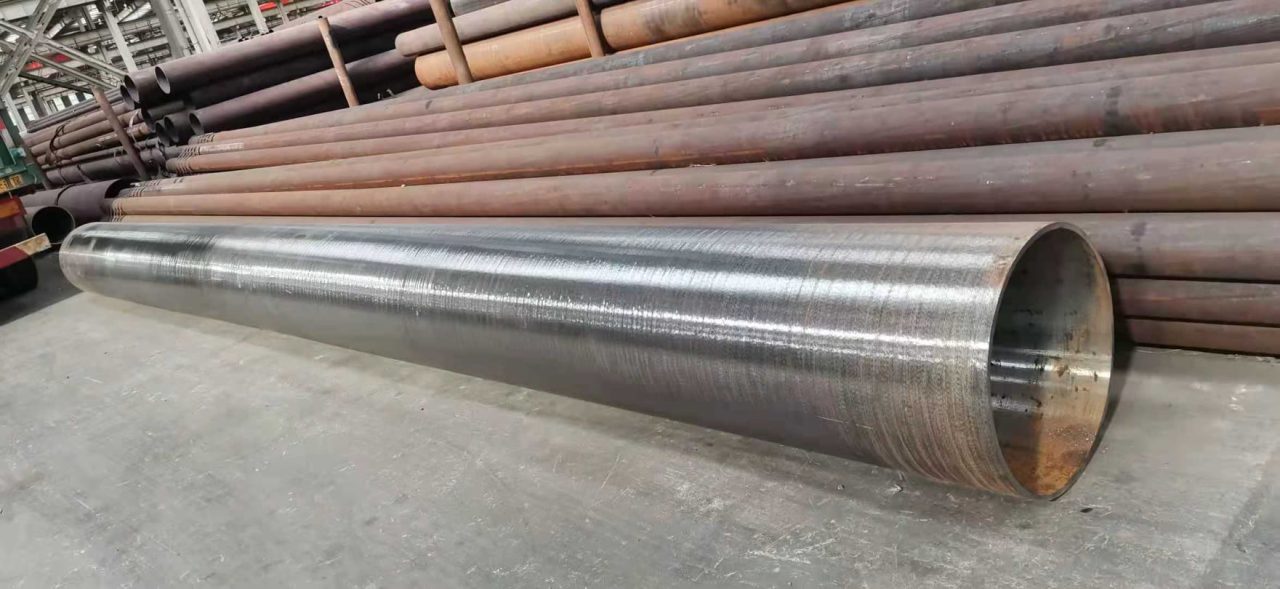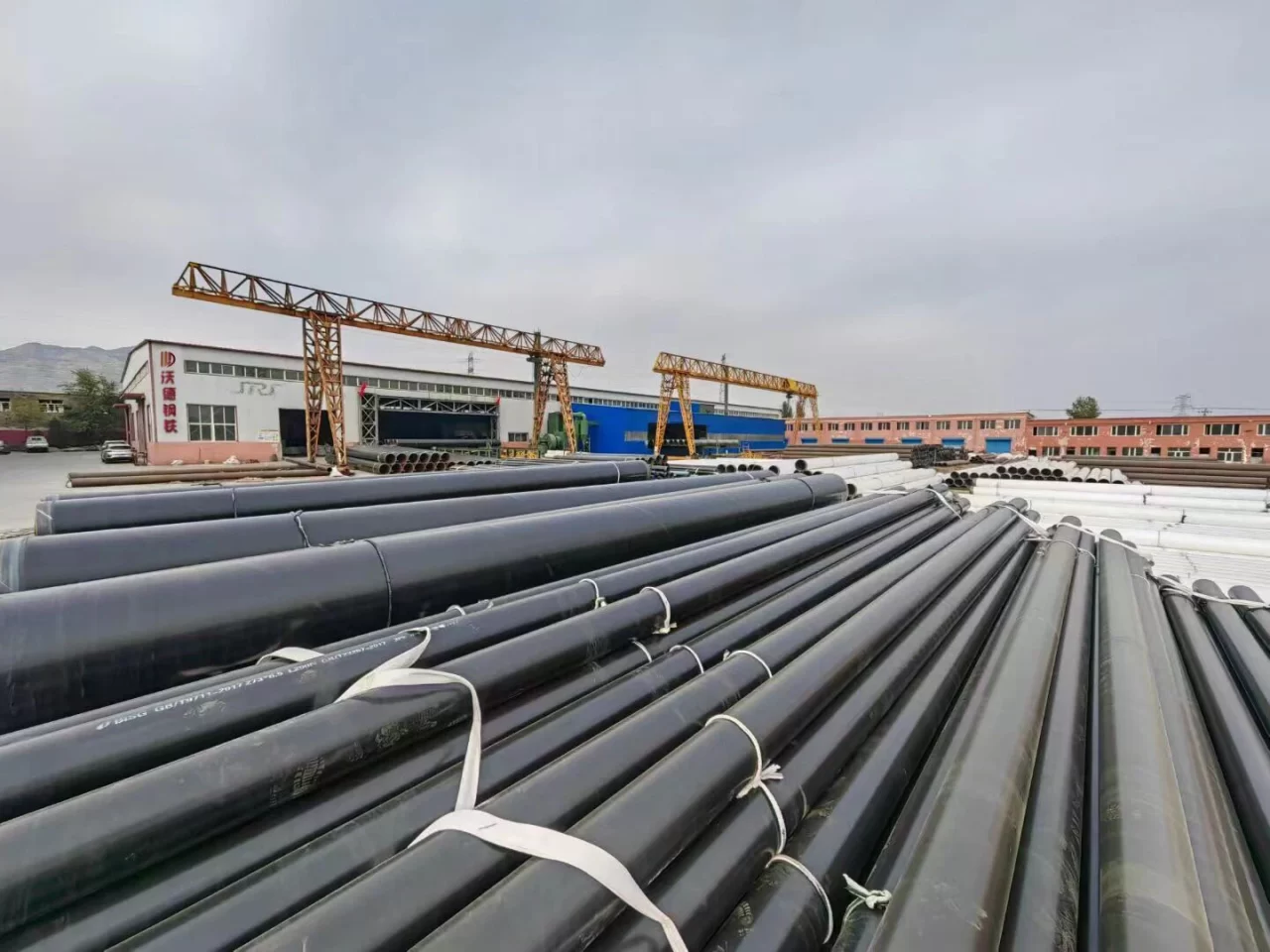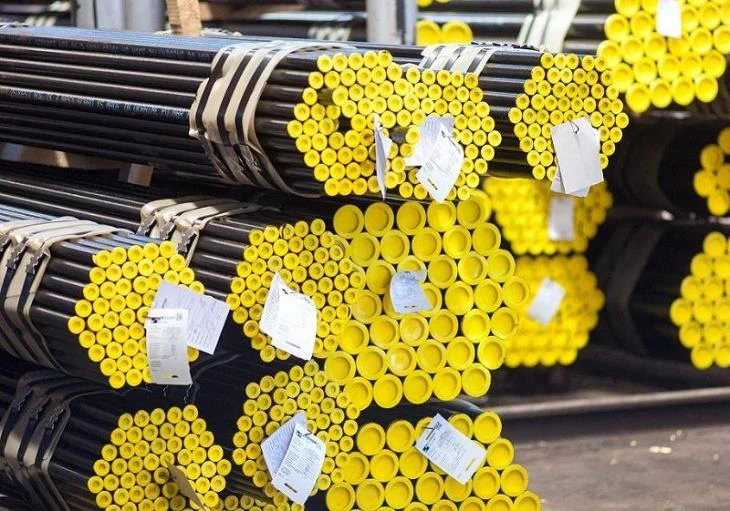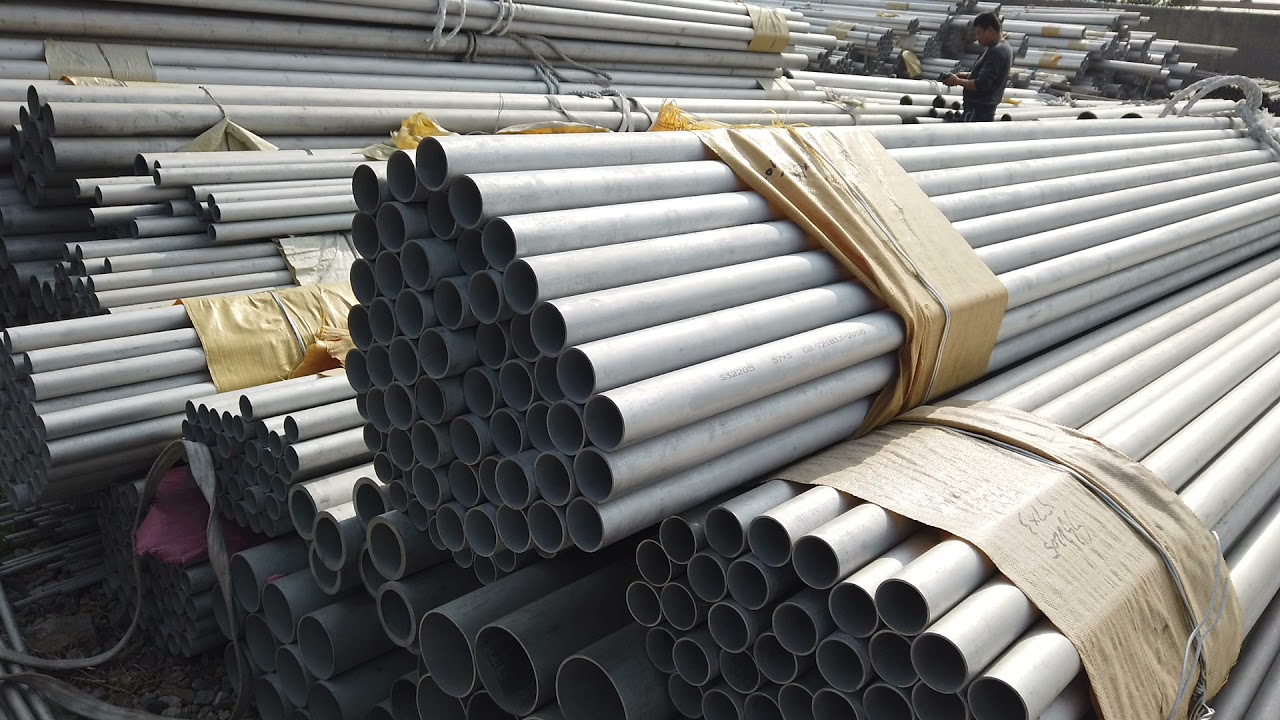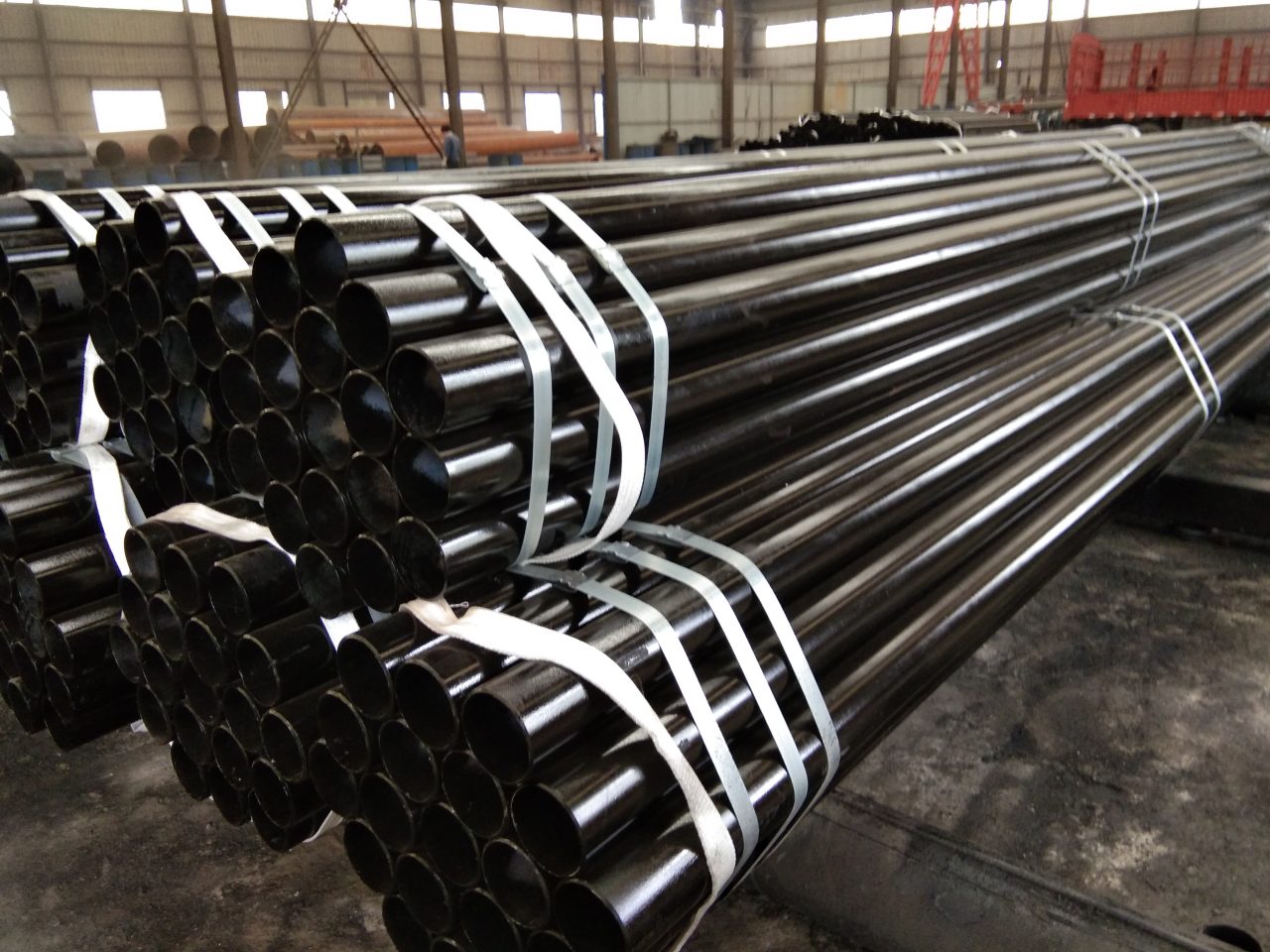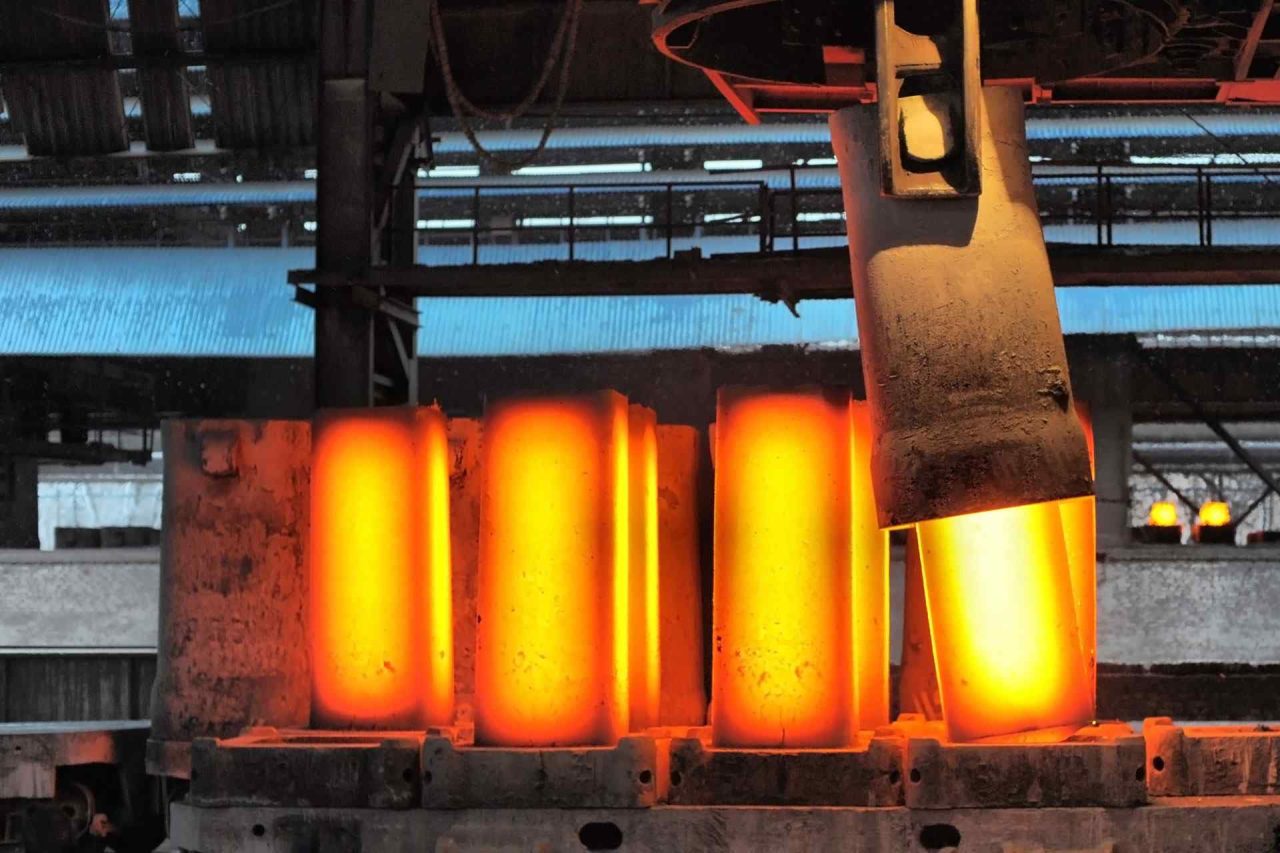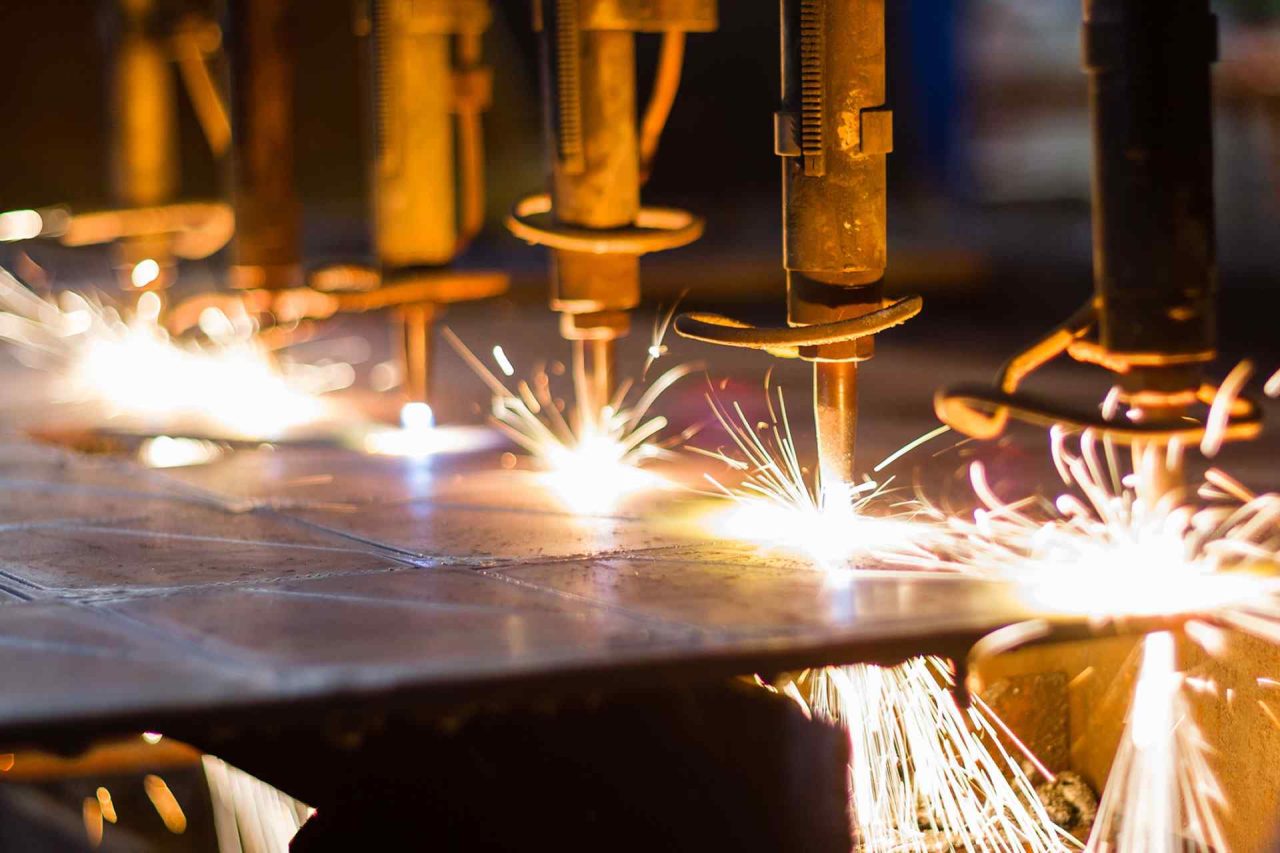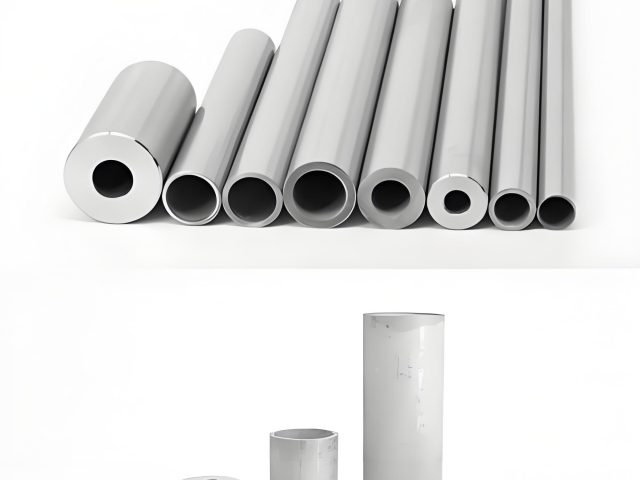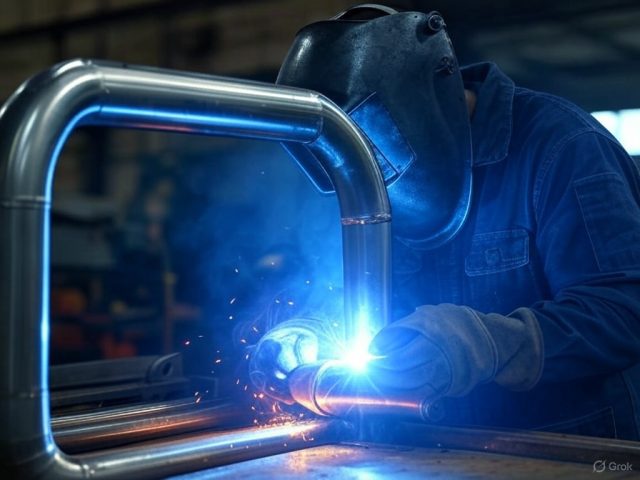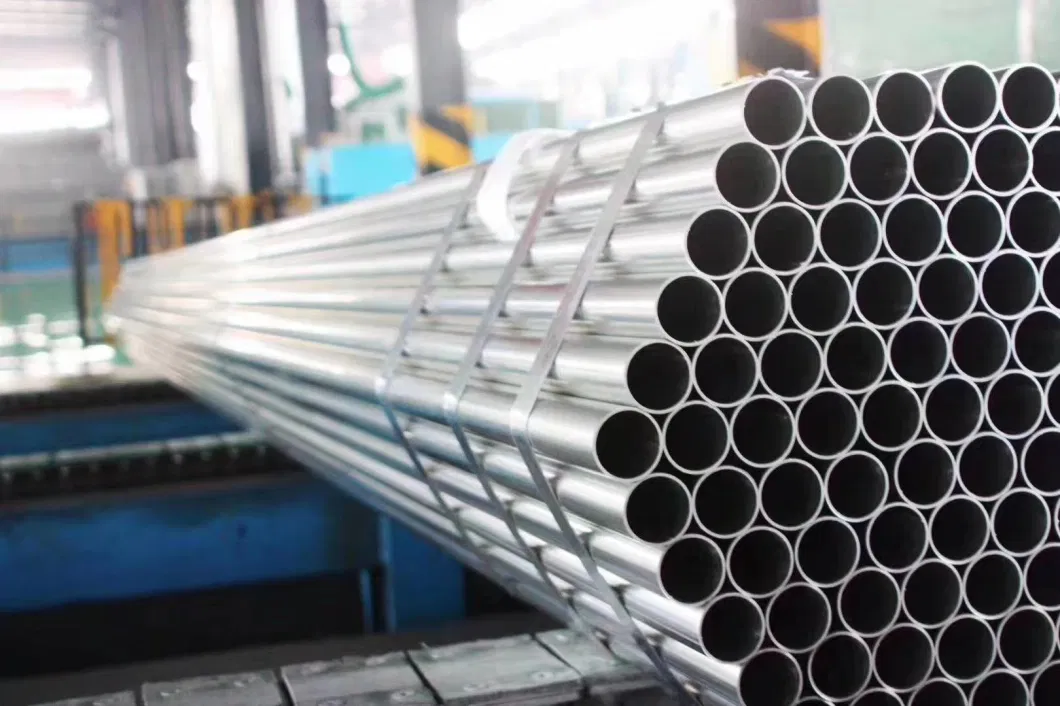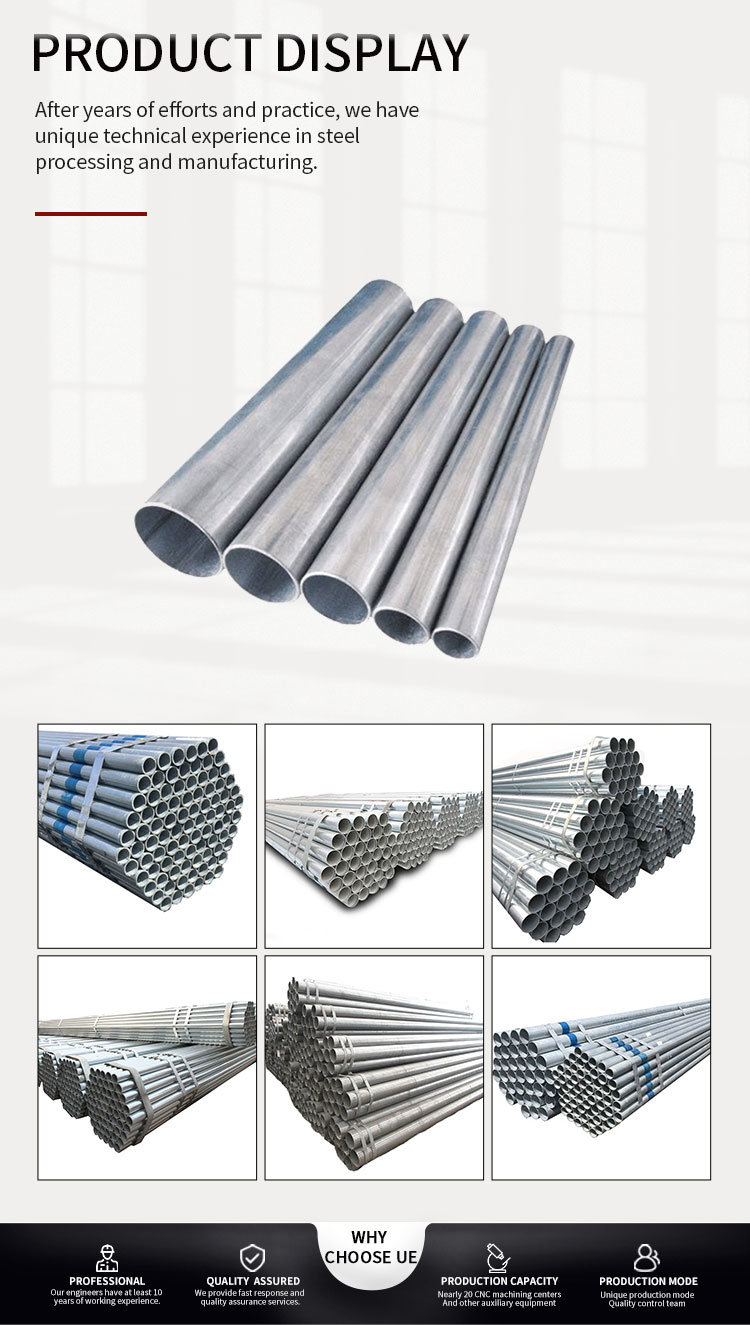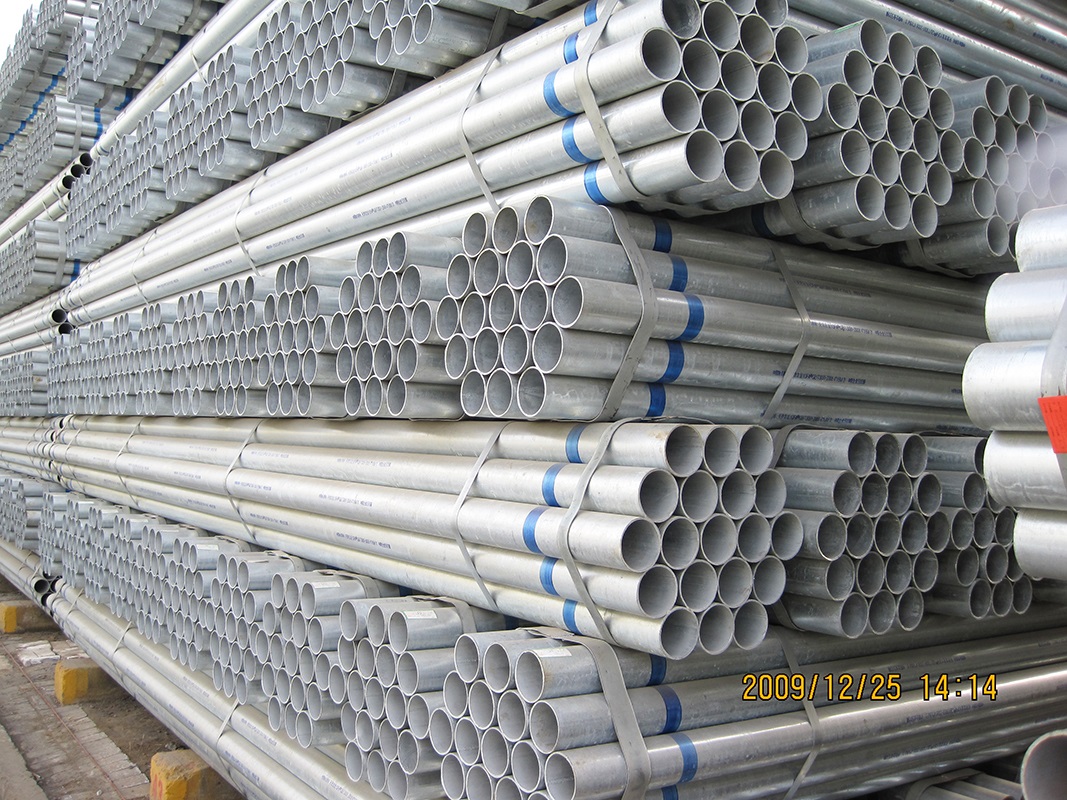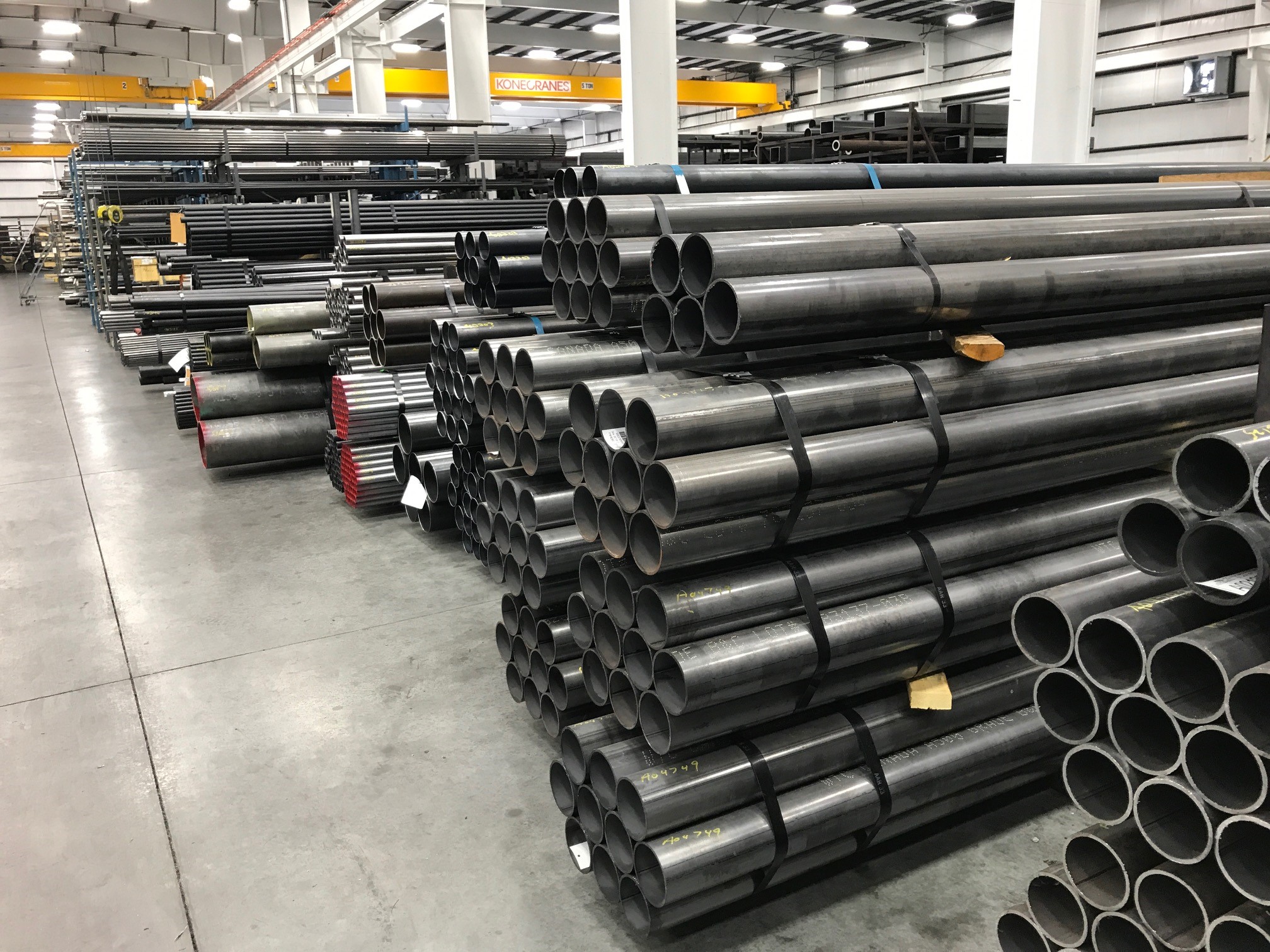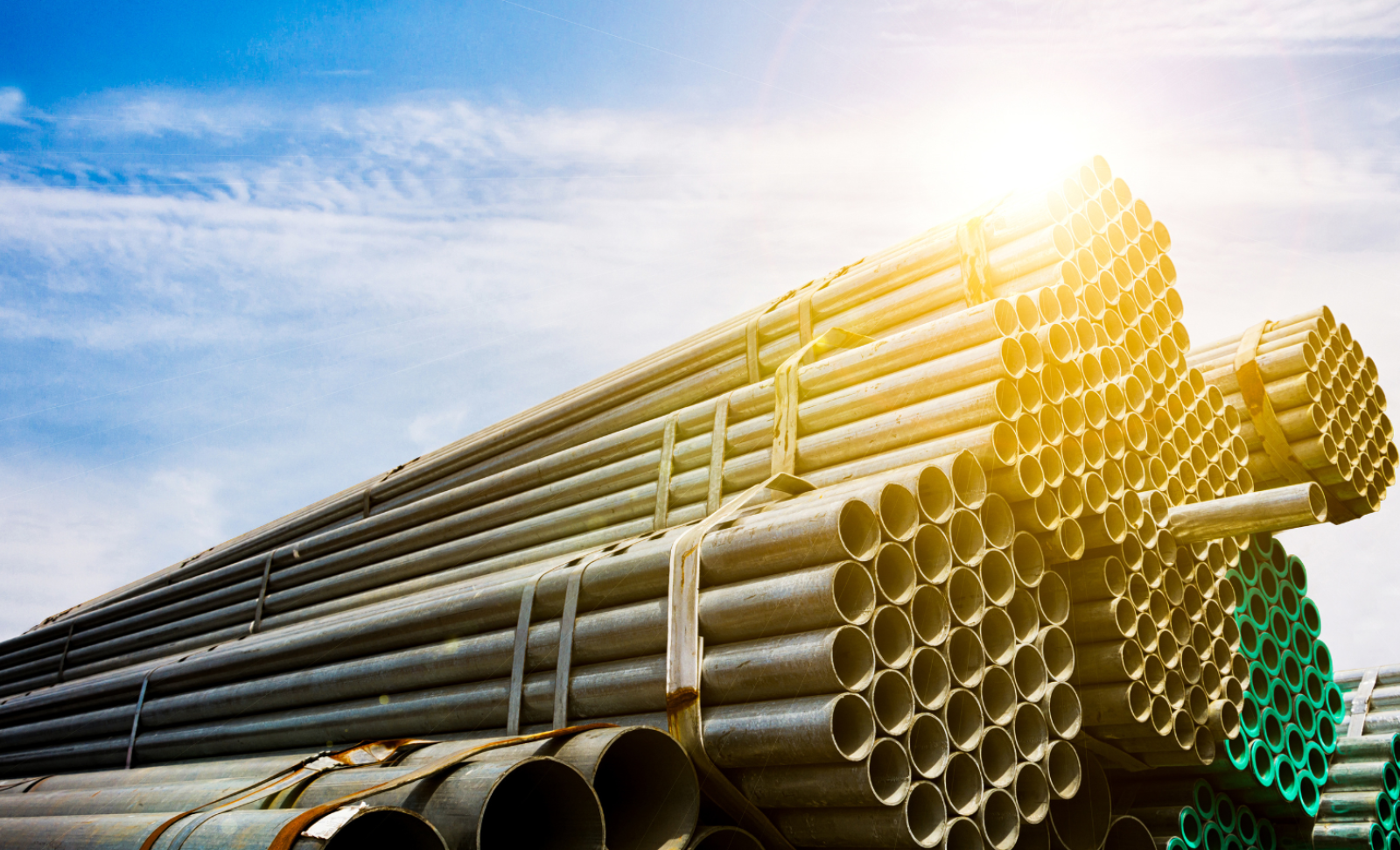Galvanized steel hollow sections, made from materials like Gr.A, Gr.B, Gr.C, S275J0H, S355JR, S355J0H, S355J2H, A36, SS400, Q195, Q235, and Q345, adhere to standards such as ASTM A500, ASTM A53, API 5L, BS1387, EN39, JIS 3466, EN10219, and GB/T 13793-1992. The choice between hot-dip and cold galvanizing, seamless or welded forming, and specific shapes (round, rectangular, square) depends on application requirements. Rigorous quality inspection ensures compliance with mechanical and corrosion resistance standards, making these products reliable for diverse uses.
Blog » Stainless Steel & Alloy Steel Pipes | 2PE 3PE coated pipe | Pipe Fittings - Pipeline Technology R&D Factory
The 2507 duplex stainless steel pipe (UNS S32750, SAF 2507) is a high-performance material designed for extreme environments. Its combination of mechanical strength, corrosion resistance, and versatility across various schedules and sizes makes it indispensable in industries such as oil and gas, desalination, and chemical processing. The detailed specifications provided in this document, including chemical composition, mechanical properties, and dimensional tables, offer a comprehensive resource for engineers and procurement professionals seeking reliable piping solutions.
Practical strategies, including welder training, process automation, and environmental control, further enhance weld quality. Case studies demonstrate that tailored QC approaches can significantly reduce defect rates, ensuring the safety and reliability of stainless steel piping systems. Future advancements in welding technology, such as real-time defect detection and improved filler materials, promise to further elevate quality standards in this critical field.w!
EN 10305-1 is a European standard that specifies the technical delivery conditions for seamless cold-drawn steel tubes of circular cross-section used in precision applications. These tubes are typically employed in industries such as automotive, mechanical engineering, hydraulic systems, and general engineering, where high dimensional accuracy, smooth surfaces, and reliable mechanical properties are critical.
Heavy thick steel pipes are defined by a high wall thickness-to-diameter ratio, enabling exceptional pressure resistance and structural durability. These pipes are manufactured through seamless or welded processes, with seamless variants (e.g., cold-drawn precision pipes) offering superior uniformity and mechanical performance due to the absence of weld seams
pre-insulated pipes meet all of the requirements of European standards EN 253, EN 448, EN 488 and EN 489. Pipe operating parameters: We can produce Pre-insulated/Thermal Insulation Steel Pipes: Insulation Standard: EN 253 Standard: API 5L, ASTM A53/A106/A333, EN 10216-2 P235GH/P265GH OD: 21.3 - 813mm Length: 5.8m, 6m, 11.8m, 12m The maximum operating temperature is 142°C (150°C on a short-term basis) for a maximum operating overpressure of 2.5 MPa with a service life of 30 years. Pipes with PUR foam insulation with an increased thermal resistance of up to 165°C can be supplied on request.
This article combines the latest progress in international standards, materials science and engineering practice, and provides a comprehensive technical reference for the design selection and operation and maintenance management of pre-insulated pipeline systems.
about pre-insulated steel pipes, involving multiple standards such as EN 253, EN 448, EN 488, EN 489, as well as material standards such as API 5L, ASTM A53, etc. First of all, I need to sort out the specific content and application scope of these standards. According to the information I have searched, EN 253 mainly targets steel pipe components of direct buried hot water pipe networks, while EN 488 involves steel valve components.
Summarize Pre-insulated hot and cold water pipe systems have become the core infrastructure for regional energy and industrial applications through efficient insulation, flexible installation and durable design. Its successful implementation relies on the correct sealing, fixing and material selection, while following industry standards to avoid risks (such as heat loss calculation EN 15632-3 ). With the popularity of renewable energy in the future, the role of such systems in energy conservation and emission reduction will be further highlighted.
Stainless steel seamless casing pipes offer an excellent combination of strength, durability, and corrosion resistance. They are crucial components in many industries, from oil and gas exploration to power generation. By understanding the material grades, standards, applications, and benefits, companies can make informed decisions when selecting the right casing pipes for their needs.
The ASTM A556 Cold Drawn Seamless Boiler Steel Pipe is an industry-standard solution for applications requiring exceptional strength, durability, and performance under high-pressure and high-temperature conditions. By adhering to stringent ASTM specifications, these pipes provide reliability and efficiency in a wide range of industries, from power generation to chemical processing.
The ASTM A556 Cold Drawn Seamless Boiler Steel Pipe is a critical component in industrial systems where high-pressure and high-temperature performance is required. Its seamless construction, superior mechanical properties, and excellent corrosion resistance make it an ideal choice for boilers, heat exchangers, and other demanding applications.
A513 mechanical steel pipes are highly versatile, offering excellent strength, precision, and affordability for mechanical applications. Whether you're manufacturing automotive components, industrial machinery, or furniture, A513 pipes provide reliable performance and long-term value. With the option of DOM or ERW processes, they cater to diverse requirements across industries.
JIS G3455 seamless boiler steel pipes, particularly the STS 480, STS 410, and STS 370 grades, are vital components for high-pressure and high-temperature industrial applications. Their seamless design, high tensile strength, and durability make them a trusted choice for critical systems like boilers, heat exchangers, and steam pipelines. With proper testing, certification, and maintenance, these pipes deliver unmatched reliability and performance, ensuring safety and efficiency in demanding environments.
The JIS G3454 STPG 410 and STPG 370 high-pressure steel pipes are indispensable to industries that require reliable, high-performance piping systems. Their combination of strength, thermal resistance, and versatility makes them a leading choice worldwide. By understanding their properties, applications, and maintenance needs, businesses can maximize the value and longevity of these pipes in demanding environments.
ASTM B444 UNS N06625 Inconel 625 alloy steel pipes represent the pinnacle of durability, corrosion resistance, and high-temperature performance. Their versatility allows them to excel in some of the most demanding industries, including aerospace, marine, oil and gas, and chemical processing. Whether it's resisting seawater in marine environments, handling high-pressure systems in oil rigs, or enduring extreme heat in aerospace applications, Inconel 625 remains an unmatched material. With its unique combination of strength, longevity, and resistance to harsh conditions, Inconel 625 pipes are a worthwhile investment for critical applications. Choosing this material not only ensures superior performance but also reduces maintenance and operational costs over time, making it a highly cost-effective solution for high-performance needs.
Spectacle blind flanges are indispensable components in industrial piping systems, providing efficient flow isolation, safety, and ease of maintenance. Designed to meet international standards, they are available in various materials, pressure classes, and sizes. By understanding their functions, materials, and installation processes, industries can ensure safer and more reliable operations.
ASTM A790 UNS S31803, also known as Duplex 2205, is an excellent material for industries requiring high strength, durability, and resistance to corrosive environments. Its unique combination of austenitic and ferritic phases gives it superior corrosion resistance, especially in chloride-rich and sulfide environments. Although it is more expensive than some stainless steel alloys, its performance makes it a cost-effective solution in demanding applications.
ASTM A335M is a crucial specification for seamless ferritic alloy-steel pipes used in high-temperature service. The pipes made according to this standard are designed to perform under extreme conditions, combining high strength, resistance to oxidation, and the ability to handle both high-pressure and high-temperature environments. By ensuring precise chemical composition, mechanical properties, heat treatment processes, and rigorous testing, ASTM A335M ensures the reliability and longevity of the pipes in critical applications across industries such as power generation, petrochemicals, and more.
Weld neck flanges are designed for high-pressure and high-temperature applications. They are welded directly to the pipe, ensuring a strong and leak-proof connection. The dimensions of weld neck flanges are standardized to ensure compatibility across different manufacturers and systems.
By understanding the relationship between pipe size and erosion, engineers can make informed decisions about material selection, pipe sizing, and erosion mitigation strategies, ensuring the long-term reliability and safety of piping systems in abrasive flow environments.
By understanding the different grades of ferritic stainless steel covered by ASTM A268, as well as the types of pipes available (seamless and welded), you can make informed decisions when selecting the right pipe for your specific needs. Additionally, the advantages of ASTM A268 pipes, including their corrosion resistance, high-temperature strength, and durability, make them a cost-effective choice for a wide range of industrial applications.
By understanding the different types of galvanization, the standards and specifications, and the factors to consider when selecting galvanized steel pipes, you can ensure that you choose the right pipes for your specific project. With their excellent corrosion resistance, durability, and cost-effectiveness, galvanized square and rectangular steel pipes are a reliable solution for any structural or industrial application.
317 and 317L stainless steel pipes are high-performance alloys that offer superior corrosion resistance, high strength, and excellent durability in harsh environments. Their resistance to pitting, crevice corrosion, and general corrosion makes them ideal for use in industries such as chemical processing, oil and gas, marine, and pulp and paper. The key difference between 317 and 317L lies in their carbon content, with 317L offering improved weldability and reduced risk of sensitization. Both alloys provide excellent mechanical properties and are suitable for use in high-pressure and high-temperature applications.
Estimating the lifespan of galvanized steel and stainless steel pipes involves a comprehensive understanding of material properties, environmental conditions, and operational stresses. By employing a combination of empirical, mathematical, and testing methodologies, stakeholders can make informed decisions about material selection
Conclusion The rotation speed of steel pipes against steel casings in petroleum drilling significantly influences the abrasive–erosive–corrosive wear processes. Understanding these effects allows for better material selection, operational strategies, and design improvements to extend the life of drilling components. Ongoing research and technological advancements continue to improve our ability to predict and mitigate wear, ensuring safer and more efficient drilling operations. This comprehensive exploration highlights the critical role rotation speed plays in wear processes, providing a foundation for further study and innovation in the field.
This study has provided a comprehensive analysis of the effects of tube bending, heat treatment, and loading paths on the hydroforming process for automobile intercooler pipes. The combination of experimental and numerical investigations has yielded valuable insights into optimizing the hydroforming process, leading to improved mechanical properties and dimensional accuracy of the final components.
This study has provided valuable insights into the impact of steel pipeline installation and external loads on buried steel pipe responses. The integration of experimental and numerical investigations has enhanced our understanding of the mechanical behavior of these pipes under various conditions. Key findings include the significant influence of installation methods on pipe deformation and the critical role of external loads in determining structural integrity.
A249 316/316L stainless Steel Heat Exchanger Tube offer a combination of excellent corrosion resistance, mechanical strength, and versatility, making them suitable for a wide range of applications across various industries. Understanding their composition, properties, and manufacturing processes is essential for selecting the right material for specific
Inconel 718 alloy steel seamless tubing, designated as UNS N07718, offers a combination of high-temperature resistance, corrosion resistance, and mechanical strength, making it suitable for demanding applications in aerospace, oil and gas, and power generation. The manufacturing processes, from melting to quality control, ensure that these tubes meet the stringent requirements of various industries. As technology advances and the demand for durable materials grows, Inconel 718 seamless tubing is poised to play an increasingly important role in the future of industrial engineering.
600 Nickel Alloy tubes, designated as UNS N06600 and WNR 2.4816, offer a combination of high-temperature resistance, corrosion resistance, and mechanical strength, making them suitable for demanding applications in chemical processing, aerospace, and power generation. The manufacturing processes, from melting to quality control, ensure that these tubes meet the stringent requirements of various industries. As technology advances and the demand for durable materials grows, 600 Nickel Alloy tubes are poised to play an increasingly important role in the future of industrial engineering.
These tables provide a snapshot of the composition and properties of GH3030 superalloy, illustrating why it is favored for high-temperature and corrosive applications. The balance of nickel ensures excellent corrosion resistance, while chromium and iron contribute to the alloy's strength and oxidation resistance.
The manufacturing of alloy steel pipes involves a series of complex processes, from raw material selection to quality control and testing. Each step is critical for achieving the desired properties and dimensions, ensuring the pipes meet the stringent requirements of various industries. By understanding the intricacies of these processes, manufacturers can produce high-quality alloy steel pipes that offer superior performance and reliability in demanding applications.
Selecting the appropriate pipe coating involves considering the specific requirements of the project, including environmental conditions, mechanical stresses, and budget constraints. Each coating type offers unique advantages and disadvantages, making it essential to evaluate them in the context of the intended application. By understanding the properties and limitations of different coatings, decision-makers can choose the best option to ensure the longevity and reliability of their pipeline infrastructure.
The three-layer polyethylene coating system is a highly effective method for protecting underground pipelines against corrosion. By following a rigorous coating procedure, qualifying the applied coating, and conducting thorough inspection and testing, pipeline operators can ensure the long-term performance and reliability of their infrastructure. This comprehensive approach not only safeguards the pipeline but also minimizes maintenance costs and extends the service life of the asset.
Understanding the differences between mechanical and structural tubing is essential for selecting the right type for your project. Mechanical tubing is ideal for applications requiring precision and surface finish, while structural tubing is best suited for load-bearing and construction applications. By considering the specific requirements of your project, including material properties, manufacturing processes, and cost, you can make an informed decision that ensures the success and longevity of your application.
Selecting the right material for heat exchanger pipes involves balancing multiple factors, including corrosion resistance, thermal conductivity, mechanical strength, cost, and compatibility with the fluids. By carefully considering these criteria, engineers can choose materials that optimize the performance and longevity of the heat exchanger, while also meeting budgetary and regulatory requirements.
This overview provides a foundation for understanding the complexities involved in shell and tube heat exchanger design. For a more detailed analysis, engineers often use specialized software and tools to model and simulate the performance of these systems under different conditions.
The selection of heat exchanger tubes is a multifaceted process that requires careful consideration of materials, design, and operational conditions. By understanding these criteria and incorporating best practices, engineers can ensure optimal performance and efficiency in their systems.
Material selection represents a key design factor governing long-term heat exchanger reliability and costs. While carbon steel dominates many lower temperature applications, excellent corrosion resistance and high temperature strength motivate using stainless steels, nickel alloys or linings/coatings especially for demanding service conditions. Performance must be balanced judiciously against constraints like budgets or weight to procure piping optimized for a heat exchanger's full service life.
As the primary construction method joining hundreds of miles of steel pipe infrastructure transporting a key fuel, welding stands as a cornerstone technology within the natural gas pipeline industry. However, its repeatable and reliable execution requires diligent standardization, control, and quality assurance measures. This report provides a comprehensive overview of key welding processes, critical variables, testing protocols and advancement areas that form the foundation for these pipelines to endure decades of hazardous duties. Continued cooperation across disciplines will strengthen welding capabilities to support tomorrow's clean energy needs.
Various welding methods for stainless steel welded pipes have their own advantages and disadvantages. How to improve strengths and avoid weaknesses, combine several welding methods to form a new welding process to meet people's requirements for stainless steel welded pipe quality and production efficiency, is a new trend in the development of stainless steel welded pipe technology. After several years of exploration and research, the combined welding process has made progress, and Japan, France and other countries have mastered certain welding techniques for the production of stainless steel welded pipe. Combination welding methods are: argon arc welding + plasma welding, high frequency welding + plasma welding, high frequency preheating + three torch argon arc welding, high frequency preheating + plasma welding + argon arc welding. Combined welding increases the welding speed significantly. For combined welding with high-frequency preheating, the quality of welded steel pipe is equivalent to conventional argon arc welding and plasma welding. The welding operation is simple, and the entire welding system is easy to automate. This combination is easy to connect with existing high-frequency welding equipment. Low investment costs and good returns.
flat welding flanges are often used when the medium temperature and pressure are not high and the medium is corrosive. When the medium is corrosive. Rare integral flanges have flat and butt weld flanges. Flange fittings are flanged (flange or splicing) fittings. It can be cast, and the flat welded flange is mainly a part that connects the pipe and the pipe to each other. According to the structure type. It can also be constructed by screwing or welding. Flange joints consist of a pair of flanges, a gasket and a number of bolts and nuts.
Composition engineering underpins achieving the refined balance of strength, ductility, and thermal stability required of high-pressure line pipes at higher operating temperatures. Significant advances have been made in refining grain structures and precipitating stable secondary phases through judicious alloying additions alone or combined with thermomechanical processing routes.
Dredging is an essential process in maintaining navigable waterways, constructing ports, and reclaiming land. Dredging pipes play a crucial role in transporting dredged material from the seabed to designated disposal or reclamation sites. Submerging dredging pipes safely is a critical aspect of the dredging process, requiring careful planning and execution to ensure the safety of personnel, equipment, and the environment. This article outlines the key steps involved in submerging dredging pipes safely, highlighting best practices and considerations.
The marine industry is a complex and demanding sector that requires specialized equipment and materials to ensure the safe and efficient operation of vessels and offshore structures. Industrial pipe suppliers play a crucial role in this industry, providing essential components that support various marine applications. This article explores how industrial pipe suppliers serve the marine industry, highlighting the types of pipes used, their applications, and the unique challenges and considerations involved.
Explore the comprehensive guide to API 5L/5CT welded HDPE pipe with flange, covering specifications, materials, advantages, and applications in the oil and gas industry.
The chemical composition of ASTM A860 WPHY pipe fittings ensures that they possess the necessary mechanical properties and corrosion resistance for high-pressure pipeline applications. These fittings are designed to meet stringent industrial requirements, ensuring safety and reliability in their respective uses.
Drill collar as one component of a drill string is extremely industrial tubular and used to drill into the ground to provide weight on the bit for drilling. It is used in conjunction with a drill pipe. There are slick and spiral-grooved types mainly. Vigor's collars are engineered to the highest standards to deliver optimal performance and durability for demanding drilling applications. Our manufacturing process is certified to API spec 7-1 and NS-1, and our products undergo rigorous quality control to ensure dependable service under punishing downhole conditions.
Today’s coal tar tape is an integrated, factory-made product that is easy to apply, either inside a pipe manufacturing facility or at a project site where pipes are being commissioned. It comprises a five-layer anatomy where a high-tensile glass fiber fabric is sandwiched with high-quality coal tar modulate, designed with a thicker overlay towards the pipe substrate side for heat fusing on primed steel substrate.
Protective Coatings: Apply and maintain protective coatings such as paint, galvanization, or epoxy. Environmental Control: Control exposure to moisture, chemicals, and temperature fluctuations.
3LPE coated SSAW steel pipes offer a robust solution for transporting fluids in harsh environments, providing excellent protection against corrosion and mechanical damage. Their durability, flexibility, and cost-effectiveness make them suitable for a wide range of applications, from oil and gas pipelines to water transportation and infrastructure projects. For detailed specifications, technical support, or to place an order, please contact the manufacturer or refer to the relevant industry standards.
KS D3564 Carbon Steel Pipes for High Pressure Service (SPPH 370/SPPH 410/SPPH 480) Standard: Korean Standards Material: KS D 3564 OD: (mm) 21.3-660 WT: (mm) 2-50 Length: 5-5.8mtr, R/l, Fixed as per your request Surface: Oiled, painted, anti-corrosion
SA335 P91 alloy steel pipes are a critical component in high-temperature and high-pressure environments. Their superior mechanical properties, excellent corrosion resistance, and high temperature sustainability make them an ideal choice for power generation, petrochemical, and industrial applications. By adhering to stringent manufacturing standards and specifications, these pipes ensure reliable performance and longevity in demanding service conditions.
Conclusion 3PE anti-corrosion steel pipes are an excellent choice for applications requiring long-lasting protection against corrosion and mechanical damage. Their unique three-layer coating system ensures superior performance in demanding environments, making them a preferred solution for oil and gas, water supply, chemical processing, and other industrial applications. By investing in 3PE-coated steel pipes, industries can achieve enhanced durability, reduced maintenance costs, and extended service life for their critical infrastructure.
Advantages High Strength: Capable of withstanding high pressure and temperature. Excellent Thermal Conductivity: Provides efficient heat transfer. Corrosion Resistance: Alloy composition offers good resistance to corrosion and oxidation. Seamless Construction: Ensures better pressure handling and reduced risk of leakage. Durability: Excellent resistance to wear and tear, ensuring long service life. Quality Assurance: Rigorous testing ensures compliance with ASTM standards and high-quality output.
ASME SA210 seamless medium carbon steel boiler pipes are essential for high-pressure and high-temperature applications in boilers, superheaters, and heat exchangers. Their robust construction, high strength, and durability make them a dependable choice for critical applications in power plants, refineries, and other industrial settings. The rigorous manufacturing process and stringent quality control ensure that SA210 pipes meet the demanding requirements of these industries
JIS G3463 stainless steel pipe is used for internal and external heat exchange of the pipe. Its application areas are boiler superheater tubes, heat exchanger tubes, condenser tubes and other chemical and petroleum industries. It is not designed for heating furnace tubes. According to the manufacturing method, there are seamless steel pipes and welded stainless steel pipes (automatic arc welding, laser welding or resistance welding).
ASTM A790 S31803/S32205 Duplex Stainless Steel Pipe Duplex stainless steels are extremely corrosion resistant, work hardenable alloys. Their microstructures consist of a mixture of austenite and ferrite phases. As a result, duplex stainless steel display properties characteristic of both austenitic and ferritic stainless steel. This combination of properties can mean some compromise when compared with pure austenitic and pure ferritic grades. Duplex stainless steels are in most cases, tougher than ferritic stainless steel Strengths of duplex stainless steel can in some cases be double that for austenitic stainless steel.
Conclusion ASTM A358 (ASME SA358) chromium nickel stainless steel pipes are specifically designed for high-temperature and corrosive environments, offering versatility and reliability across various industries. Their availability in multiple classes allows for customization based on specific welding and inspection needs, ensuring they meet rigorous service demands.
UNS S32750 stainless steel pipe is a super duplex grade that offers exceptional corrosion resistance, high strength, and durability. Its chemical composition, including elements such as chromium, nickel, and molybdenum, contributes to its unique properties. With a yield strength of ≥ 550 MPa and a tensile strength of ≥ 750 MPa, UNS S32750 stainless steel pipe can withstand high levels of stress and pressure. Its wide range of applications includes oil and gas, chemical processing, and marine industries.
API-5CT P110 casing pipes are an essential component in the oil and gas industry for casing wells. Their high yield strength, corrosion resistance, and excellent mechanical properties make them suitable for withstanding the demanding conditions encountered in drilling operations. By adhering to the API 5CT standard, these pipes ensure the integrity and efficiency of oil and gas wells, contributing to the overall success of the industry.
Titanium and titanium alloy pipes, manufactured according to ASTM B861, ASTM B862, and ASTM B338, offer exceptional properties and advantages for various industries. Their corrosion resistance, high strength, lightweight nature, and other unique characteristics make them ideal for applications in aerospace, chemical processing, medical, oil and gas, and many other sectors. By adhering to the specified standards and following proper fabrication and installation procedures, the performance and longevity of titanium and titanium alloy pipes can be maximized.
This in-depth article explores the metallurgical properties and perforation techniques leveraging J55/K55/N80 casing materials, quantifying 20% production gains through superior strength, wear resistance, and durability maintaining long-term conductivity in unconventional wells.
Hastelloy B-2 is a versatile alloy known for its exceptional corrosion resistance properties in challenging environments, making it a preferred choice for various industrial applications where resistance to reducing environments is crucial.
By adding a high amount of metals such as chromium and molybdenum to the 2507 Material, Duplex 2507 Spectacle Bind Spacer Ring becomes extremely resistant to uniform corrosion or General Corrosion, when exposed to environments that contain organic acids like acetic and acetic formic acid. Further, ANSI B16.5 UNS S32750 Flange exhibits excellent resistance to inorganic acids as well, especially in the presence of media that could contain chlorides. Although the ASTM A182 F53 Pipe Flange can be used in dilute hydrochloric acid, exposure to concentrated hydrochloric acid must be avoided. Due to the low carbon content of Duplex Flange, there is a low risk or minimal risk of the occurrence of carbide precipitation at the grain boundaries during heat treatment.
JIS G3461 Carbon Steel Tubes is used for exchanging heat on the inside and outside of the tube, such as water tubes, smoke tubes, superheater tubes and air preheater tubes of the boiler, and heat exchanger tubes,condenser tubes and catalyser tubes used in chemical and petroleum industries. It is not applicable to the steel tubes for heating furnace and steel heat exchanger tubes for low temperature service. Grade:G3461 STB340 (STB35), G3461 STB410(STB42), G3461 STB510 (STB52) Outer Dimensions: 19.05mm – 168.3mm Wall Thickness:2.0mm – 14 mm Length: max 19000mm
Stainless steel forged butt weld neck flanges are essential components in industrial piping systems. Their strength, durability, and leak-proof design make them suitable for a wide range of applications in various industries. By understanding their features, specifications, and applications, you can make informed decisions when selecting and installing these flanges. Remember to consult industry standards and guidelines for proper installation and maintenance procedures. With the right knowledge and expertise, you can ensure the integrity and efficiency of your piping system with stainless steel forged butt weld neck flanges.
EN39 and BS1139 are two different standards that govern the manufacturing and specifications of galvanized steel pipes. While both standards focus on galvanized steel pipes used in scaffolding applications, there are some key differences between EN39 and BS1139 galvanized steel pipes. In this article, we will explore these differences to help you understand which standard is most suitable for your specific requirements.
Remember, EN39 galvanized steel pipes are a reliable and versatile choice for various applications. Their corrosion resistance, durability, and ease of installation make them an excellent option for construction projects and industrial applications.
DIN/EN 10305-1 and DIN/EN 10305-4 standards provide specifications for cold-drawn seamless steel tubes used in various applications, including gas cylinders.
JIS G3429 is a Japanese standard that specifies seamless steel tubes for high-pressure gas cylinders. These steel tubes are widely used in various industries, including fire-fighting, industrial, and vehicle gas cylinders. In this article, we will explore the applications and grades of JIS G3429 steel pipes for gas cylinders.
The U Bend ASTM A209 Alloy Steel Boiler Pipe is a high-quality seamless carbon-molybdenum alloy steel Pipe designed for high-temperature and high-pressure applications in boilers and heat exchangers. With its strict adherence to the ASTM A209 standard, it offers excellent chemical composition and mechanical properties. The Pipe undergoes heat treatment and mechanical tests to ensure its durability, reliability, and optimal performance. Whether in power generation, petrochemical, or refinery industries, the U Bend ASTM A209 Alloy Steel Boiler Pipe is a reliable choice for efficient heat transfer and long-term operation.
In conclusion, the ASTM A790 UNS S31803, UNS S32750, and UNS S32760 duplex stainless steel pipes are highly versatile and reliable in various industries. Their unique combination of corrosion resistance and high strength properties make them ideal for applications in chemical processing, oil and gas, marine environments, and more. With precise dimensions and adherence to the ASTM A790 standard, these pipes provide exceptional performance and durability. Whether it's transporting corrosive chemicals, withstanding high-pressure conditions, or resisting harsh marine environments, duplex stainless steel pipes are the go-to choice for many industries.
The Art of Butt Welding Hot Induction Bends: Enhancing Strength and Durability in Pipeline Systems" "Mastering the Technique of Butt Welding Hot Induction Bends: A Comprehensive Guide
ASME SA249 TP316L Stainless Steel Boiler Pipe possesses excellent mechanical properties, including high tensile and yield strength, elongation, and impact toughness. The manufacturing process ensures a seamless and robust structure, while the chemical composition provides superior corrosion resistance and high-temperature stability. These attributes make TP316L stainless steel a reliable choice for boiler pipe applications in various industries.
ASMEB 16.5 stainless steel butt weld pipe fittings are vital components in the construction of reliable and efficient piping systems. These fittings, adhering to a recognized standard, provide precise and secure connections between pipes, ensuring a seamless flow of fluids. Whether it is for the oil and gas, chemical processing, or other industries, stainless steel butt weld pipe fittings offer the necessary strength and corrosion resistance to maintain the integrity of piping systems. By selecting high-quality fittings and adhering to the ASMEB 16.5 standard, industries can ensure the efficiency and reliability of their piping systems, contributing to the overall success of their operations.
Schedule 80 piping exhibits clear structural superiority versus Schedule 40 through its 25-30% thicker walls, translating to higher strength, stiffness, load tolerance, deflection resistance and durability in demanding applications. Its robustness and performance make it the standard choice for structural pipe supports.
By embracing the use of alloy steel pipes, professionals in the boiler industry can optimize their operations, achieve higher efficiencies, and enhance customer satisfaction. The survey results serve as a testament to the growing adoption of alloy steel pipes and highlight their significance in advancing the field of boiler technology.
According to ASTM specifications, this particular specification pertains to seamless ferritic and austenitic steel tubes for use in boilers, superheaters, and heat exchangers. The specific grades covered by this specification include T5, TP304, and others listed in Tables 1 and 2. The tubing size ranges from an internal diameter of 1/8 inch up to an outer diameter of 5 inches, with thicknesses ranging from 0.015 to 0.500 inches (0.4 mm to 12.7 mm). If other sizes are required, they can be specified as part of the order, along with minimum and average thicknesses.
Headquarters
We are everywhere



